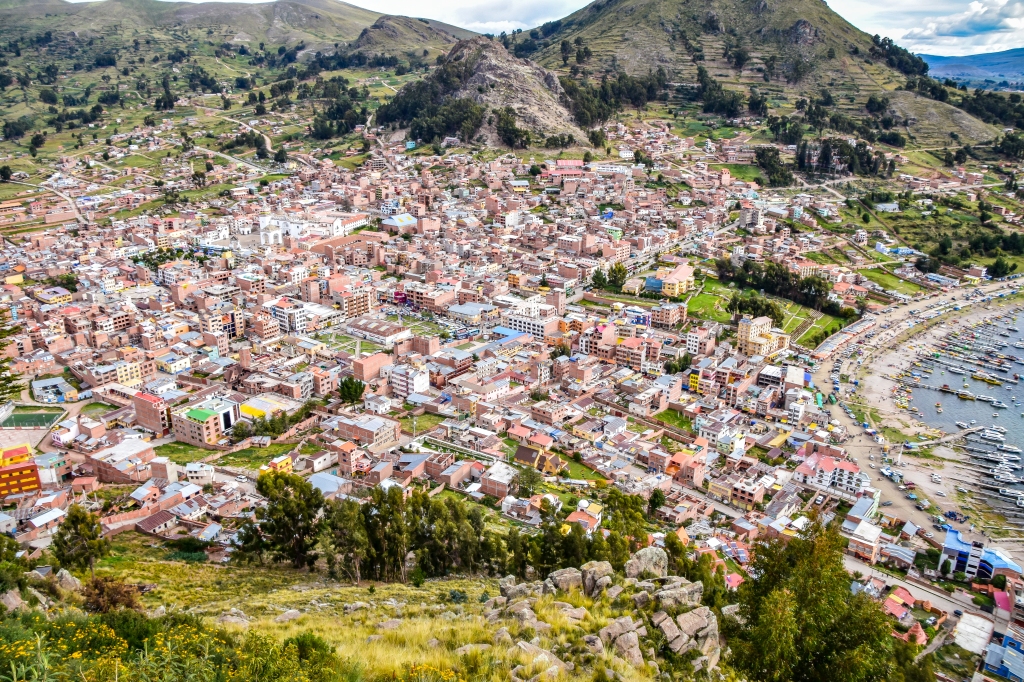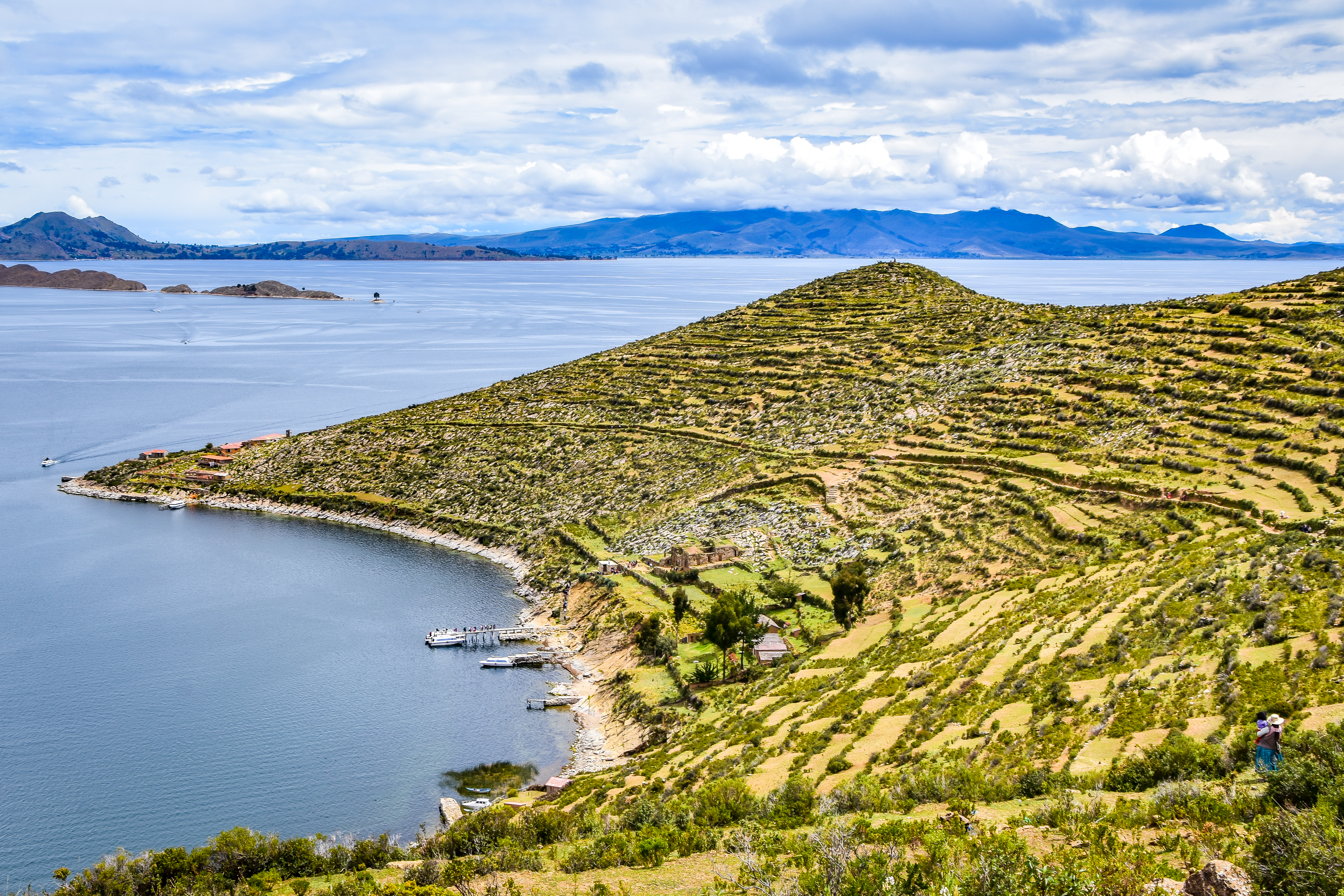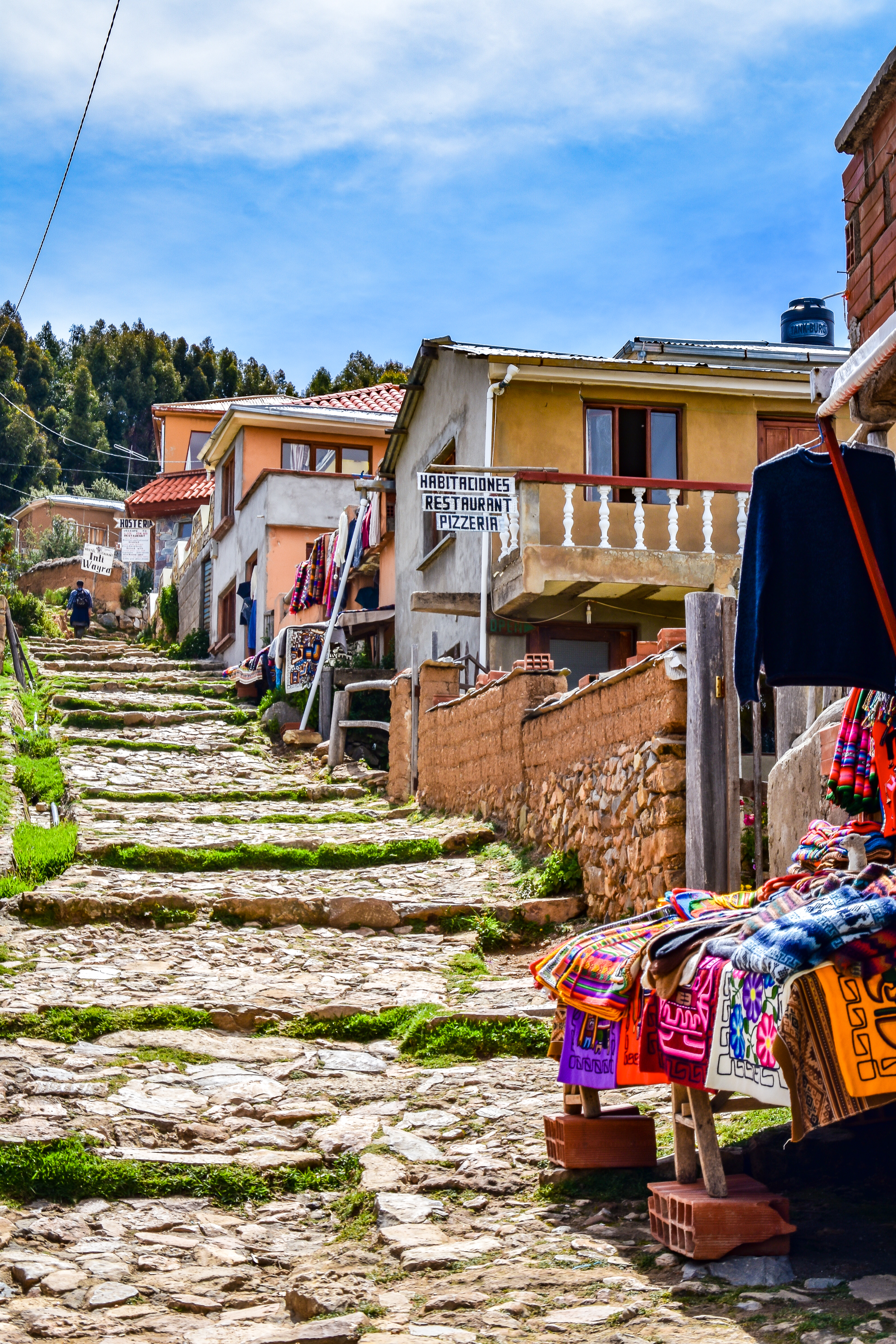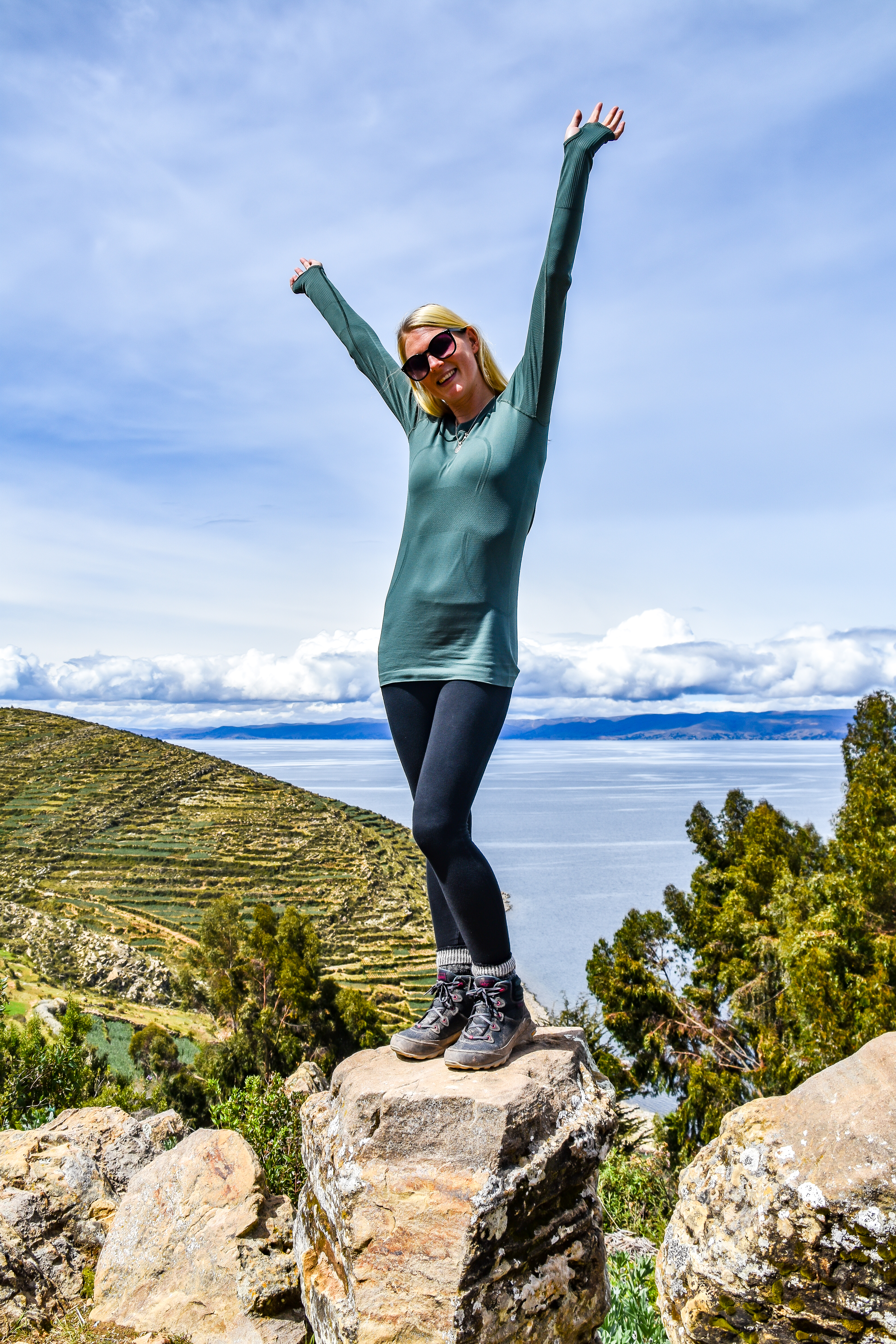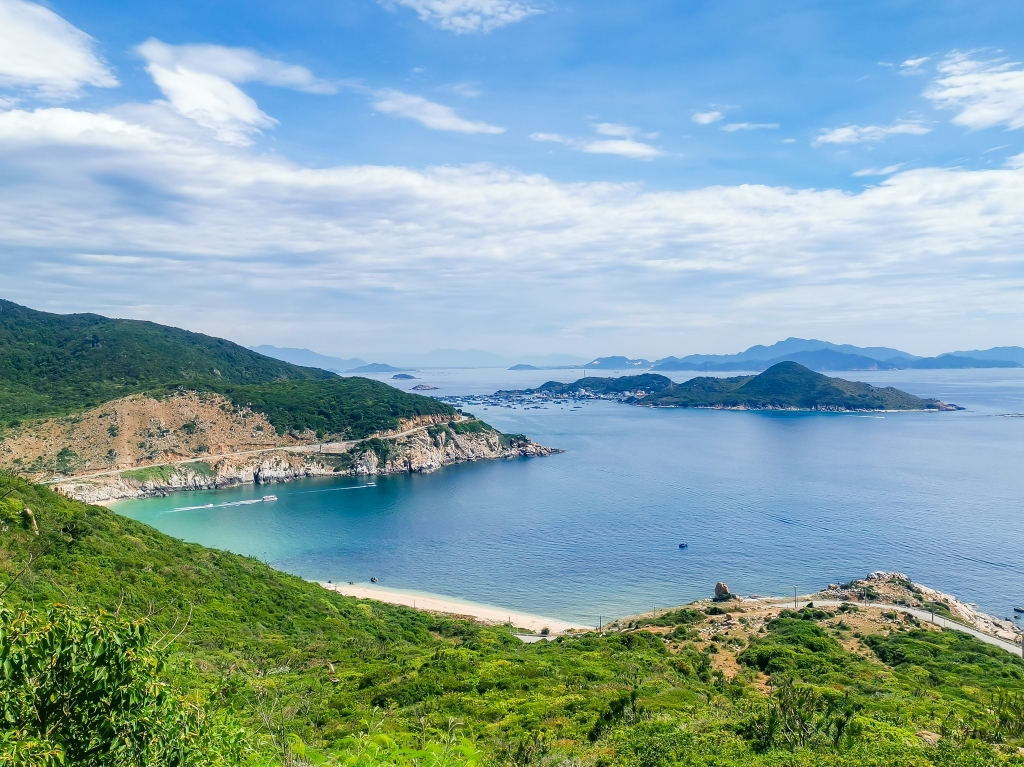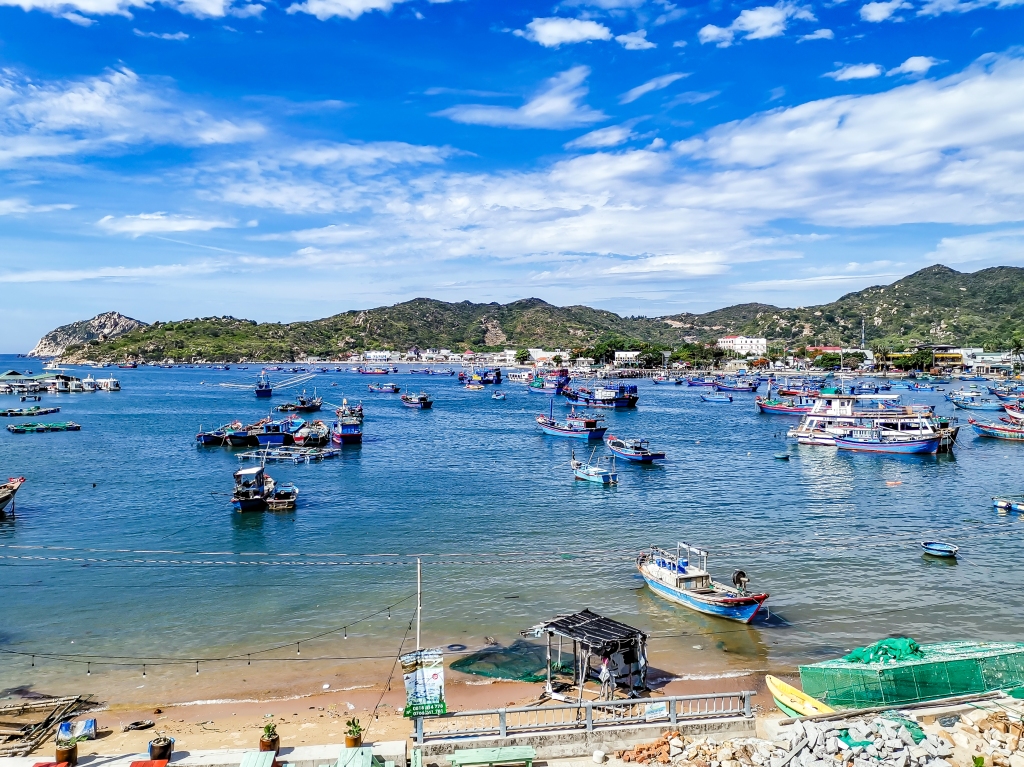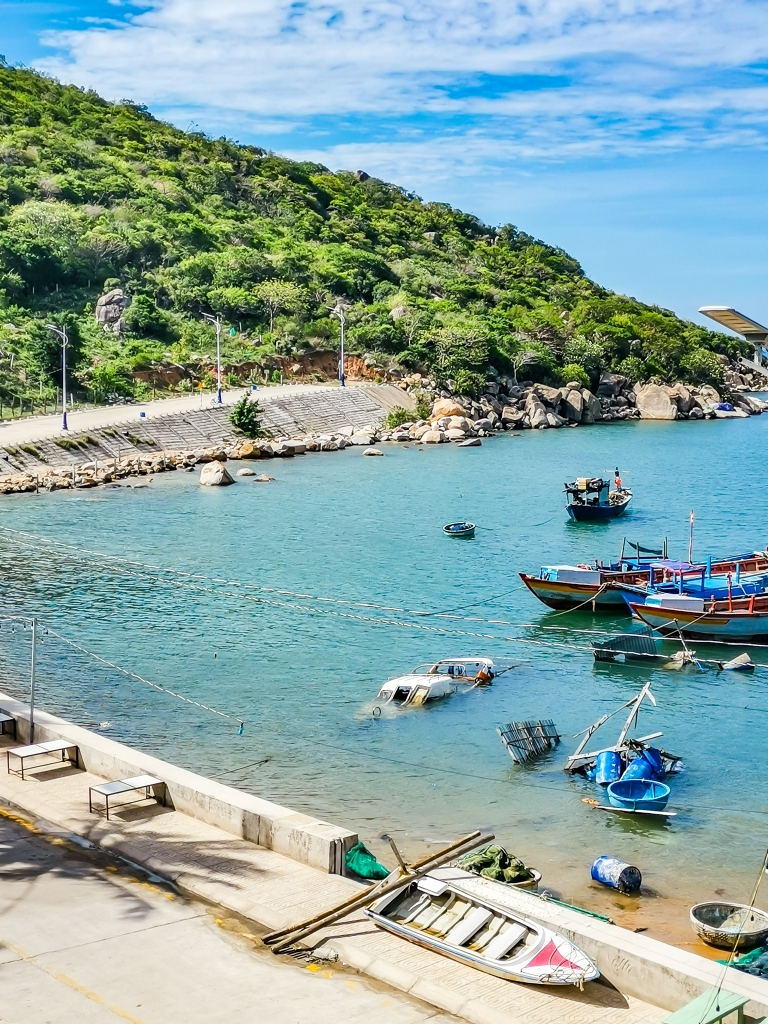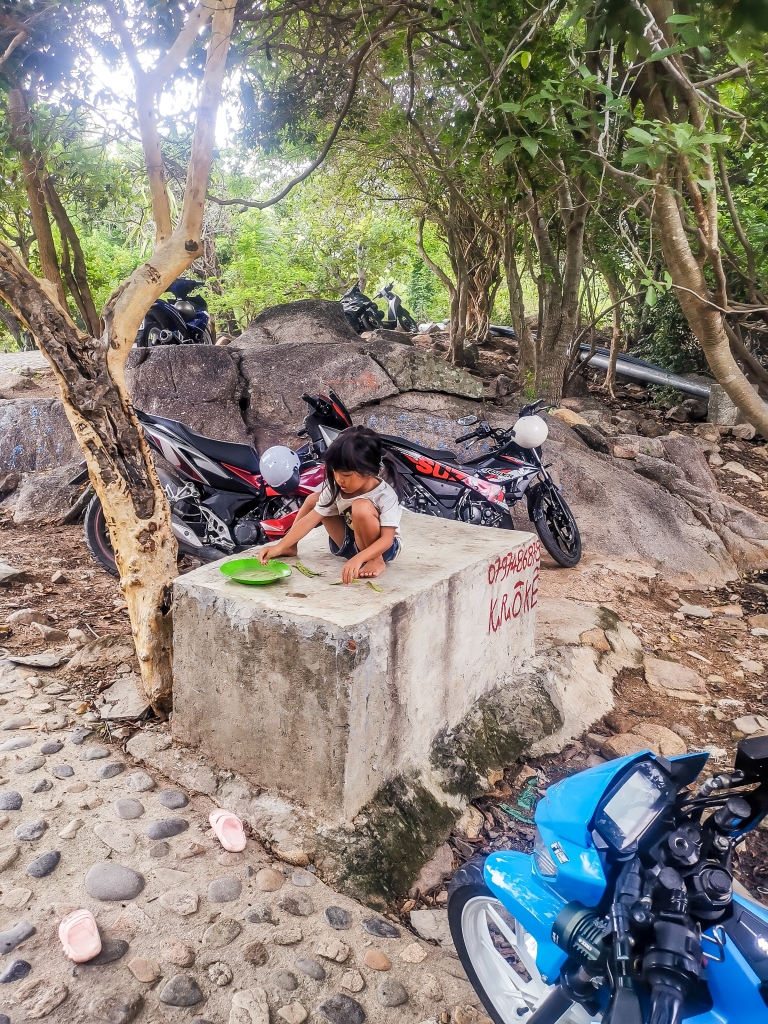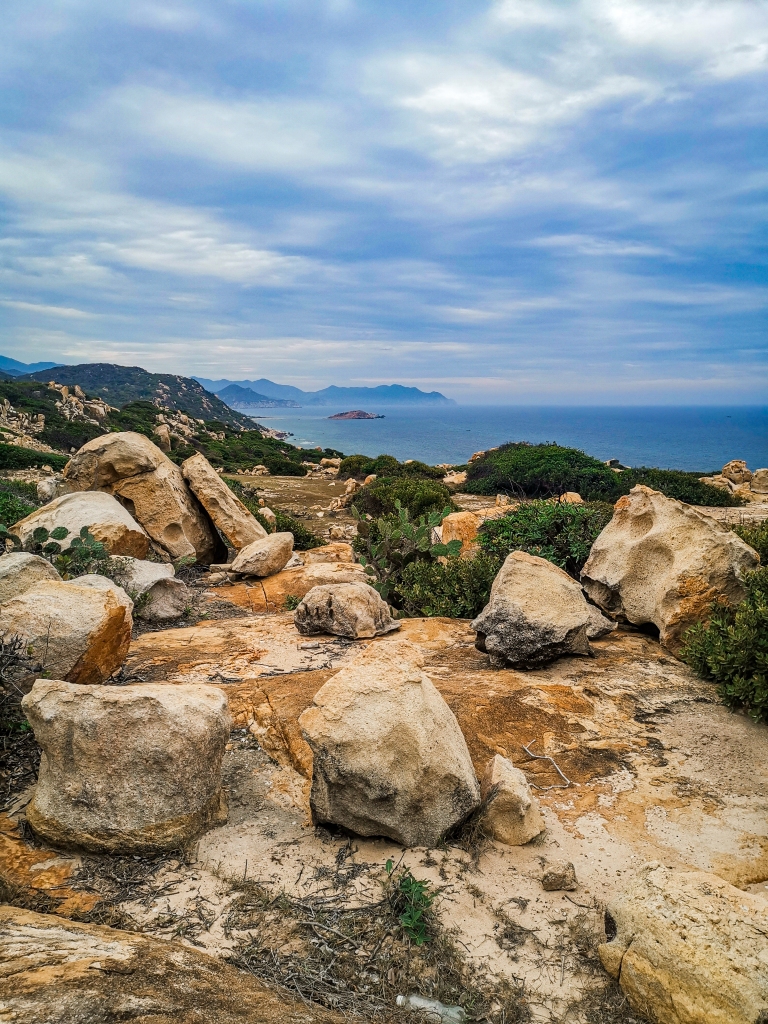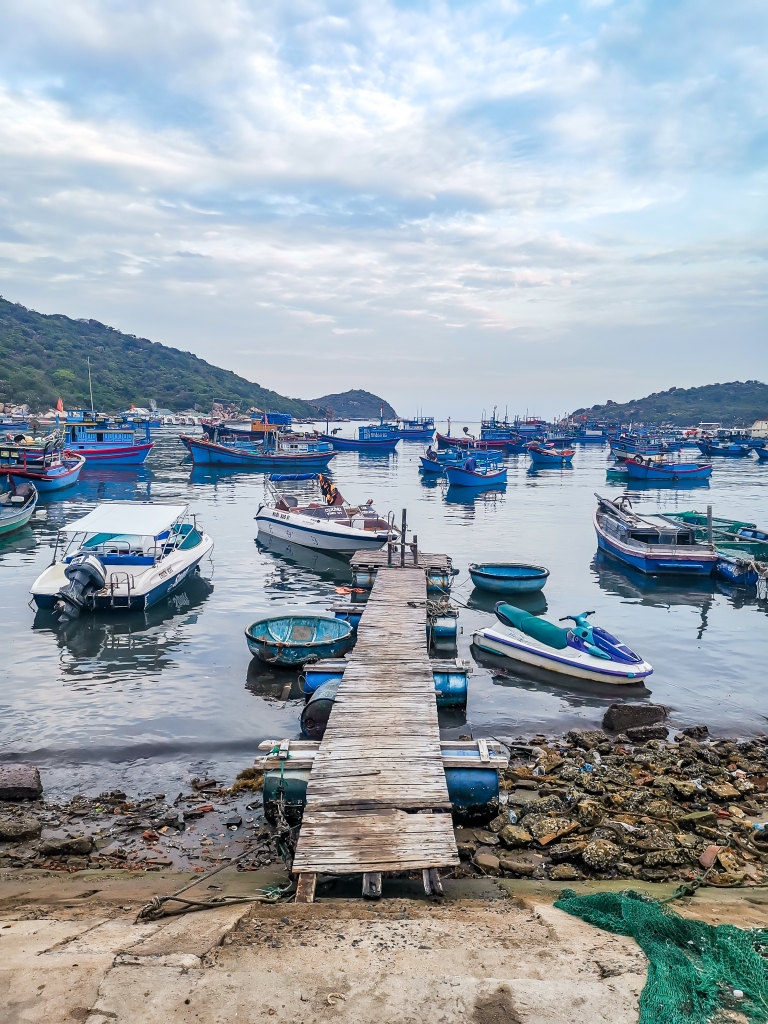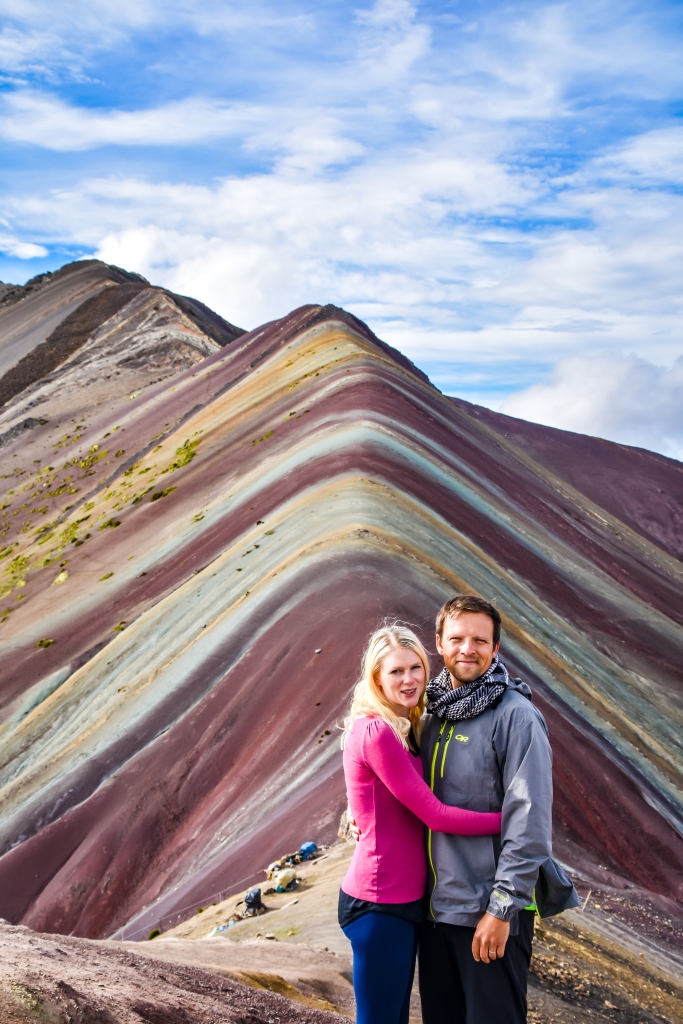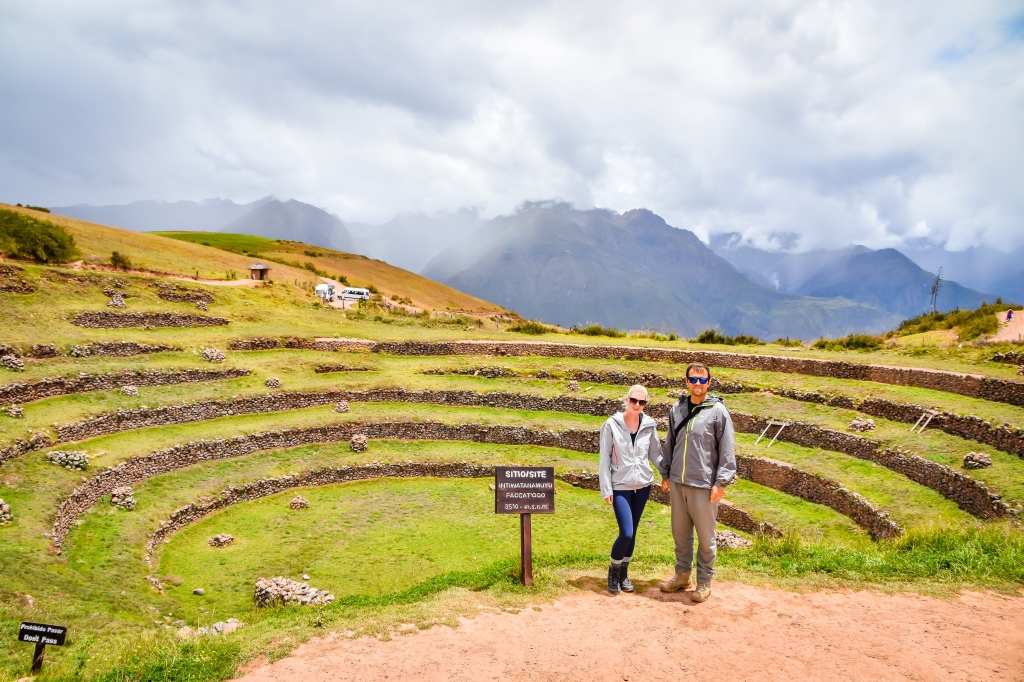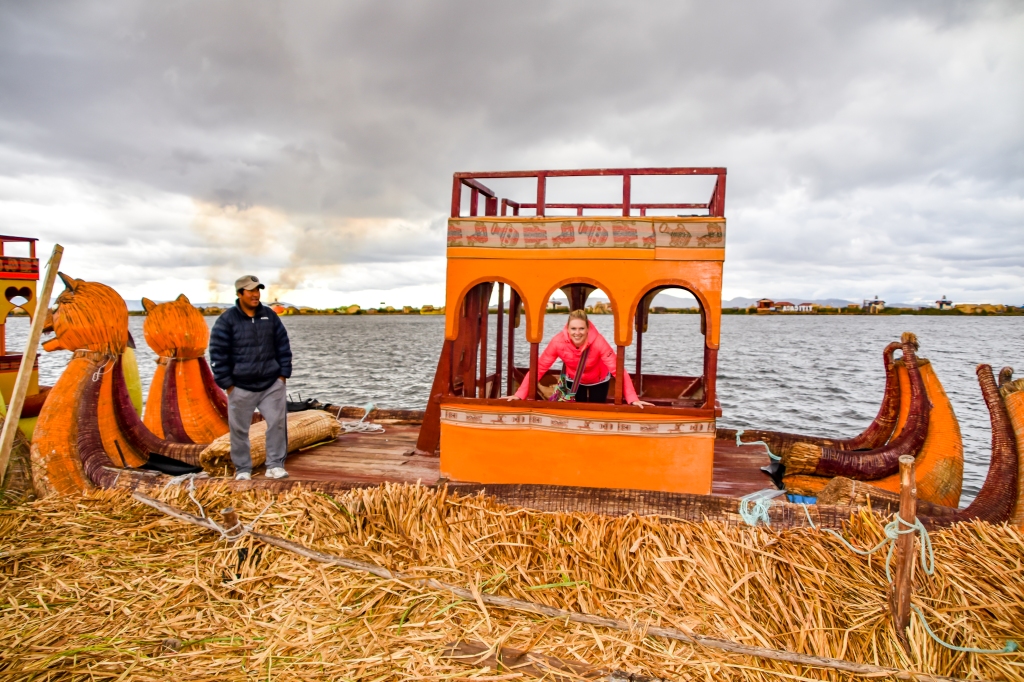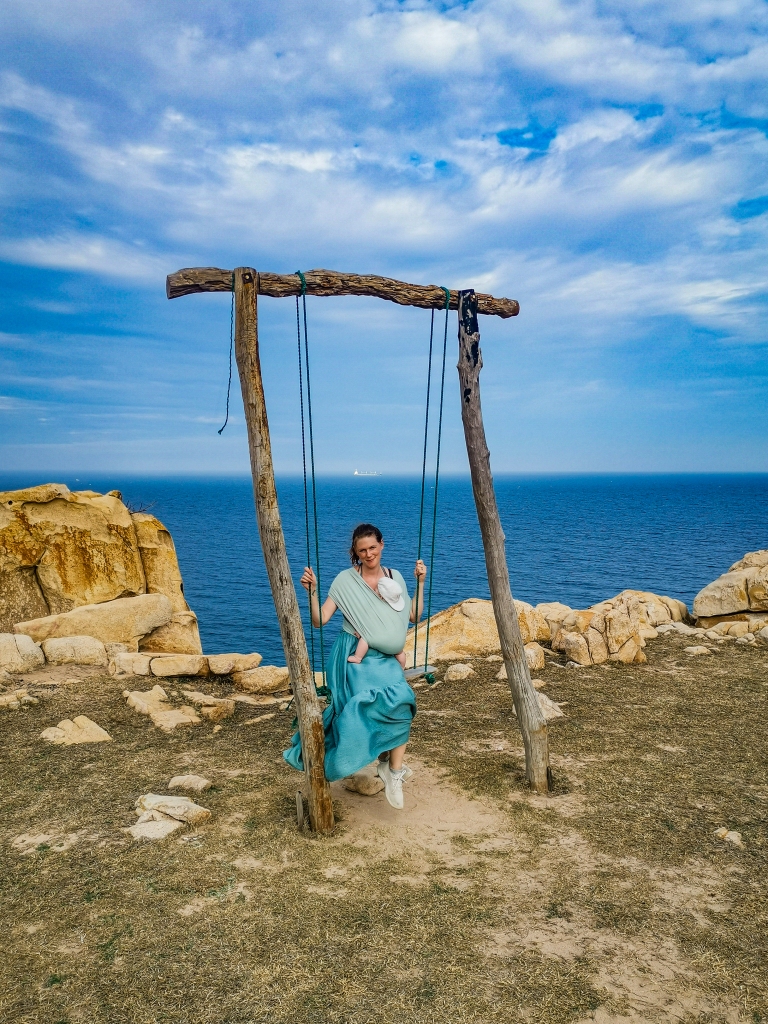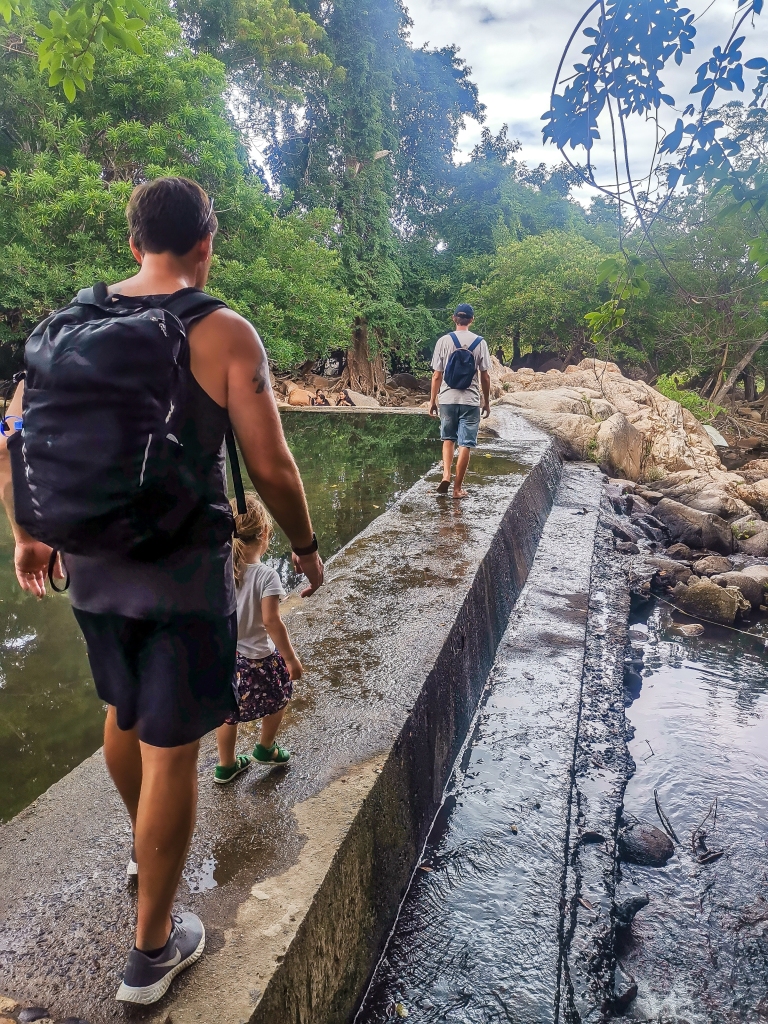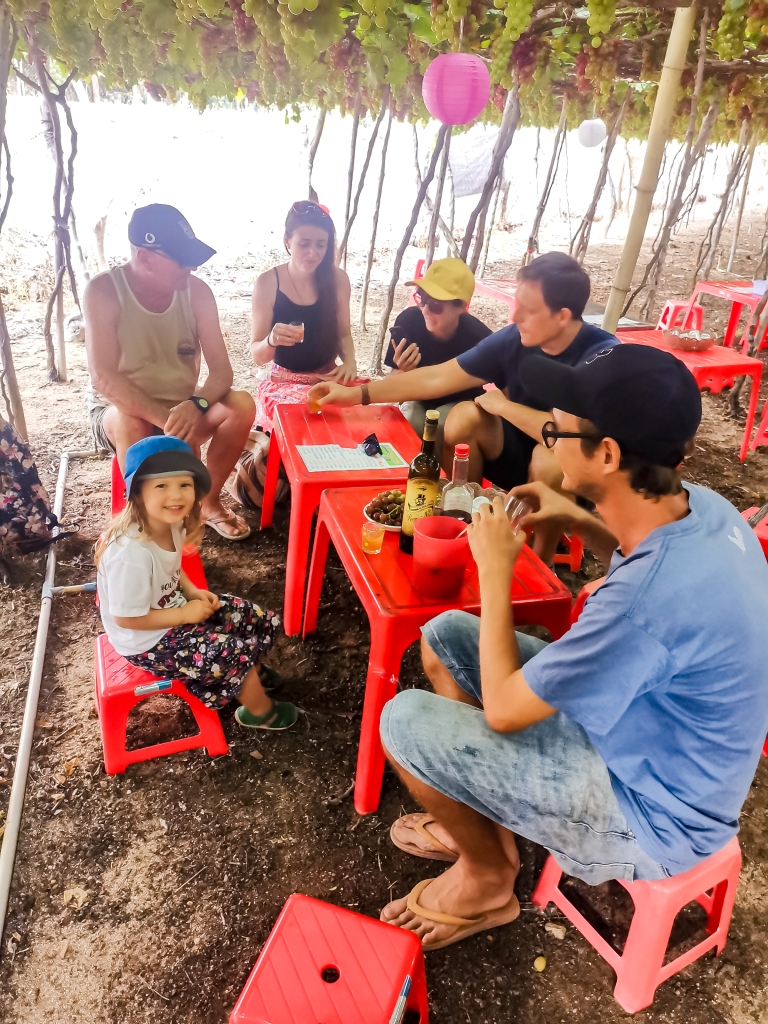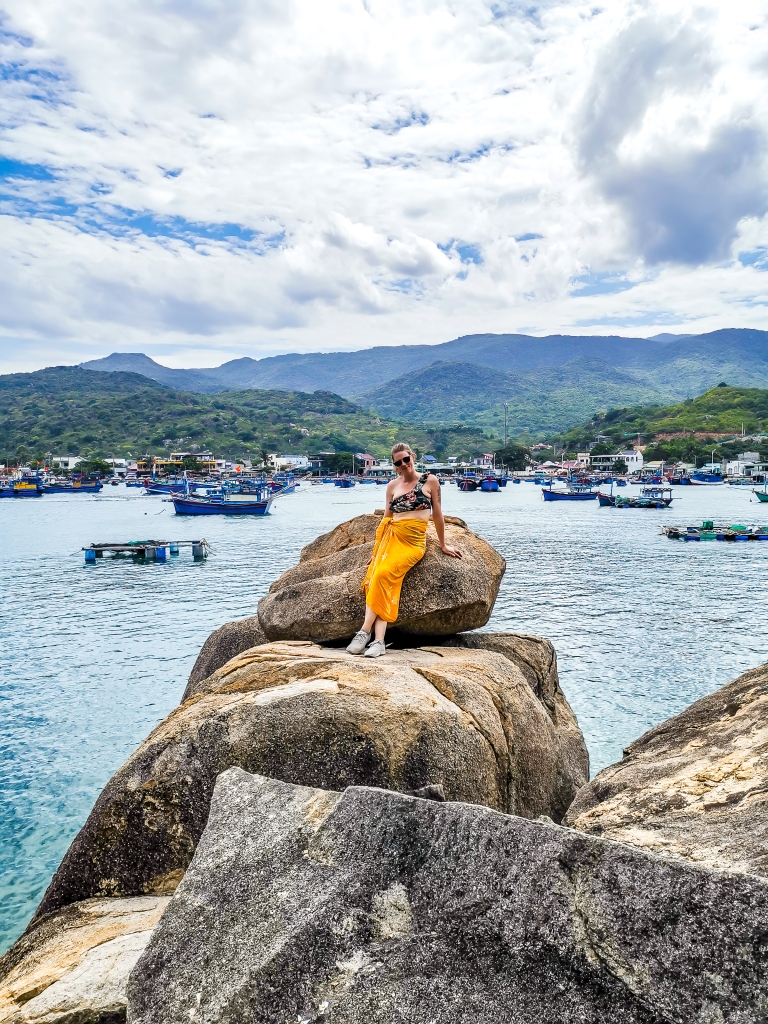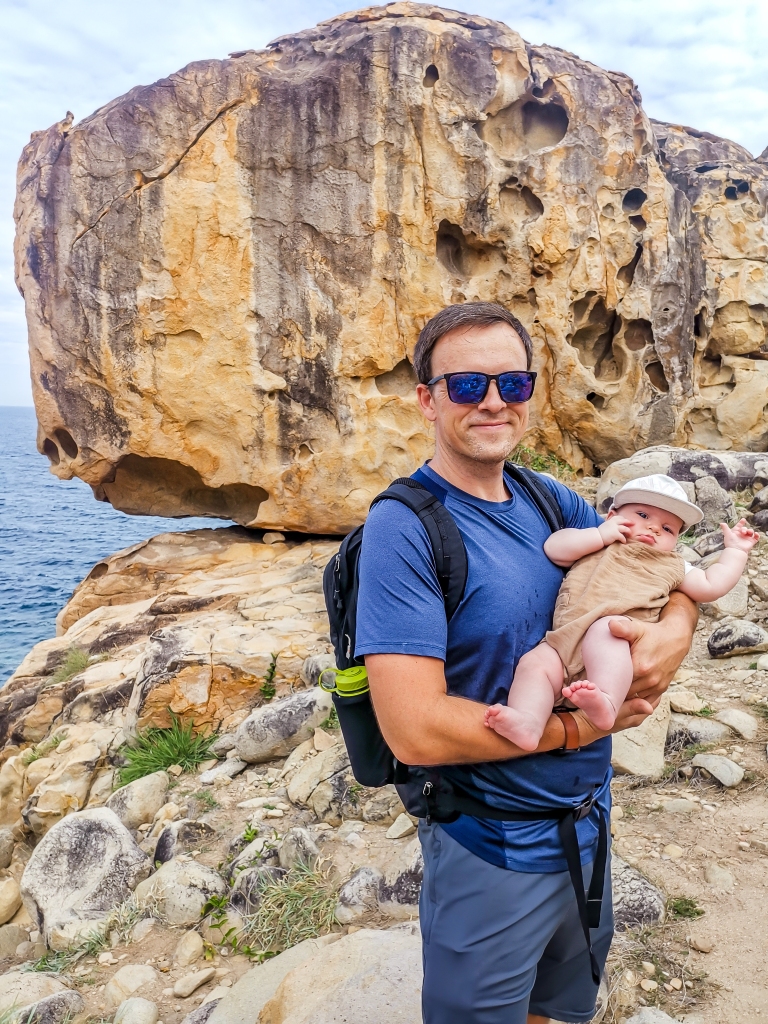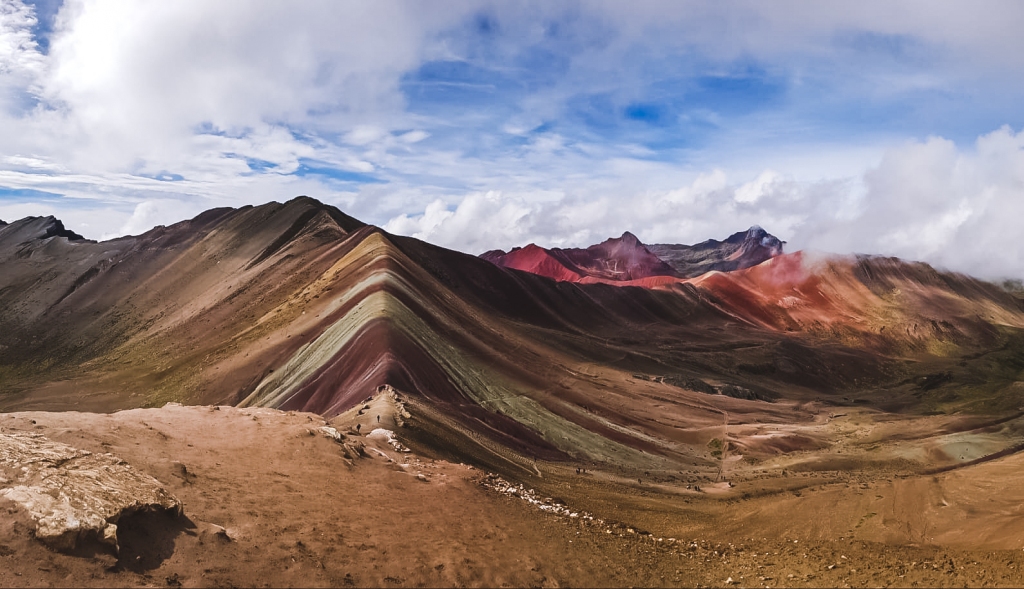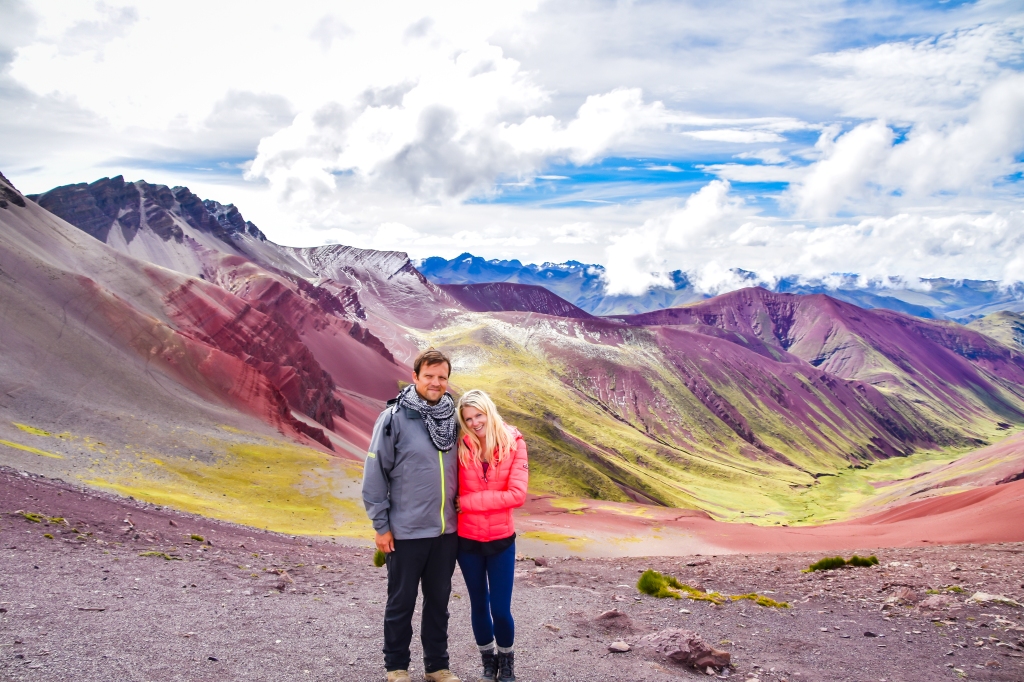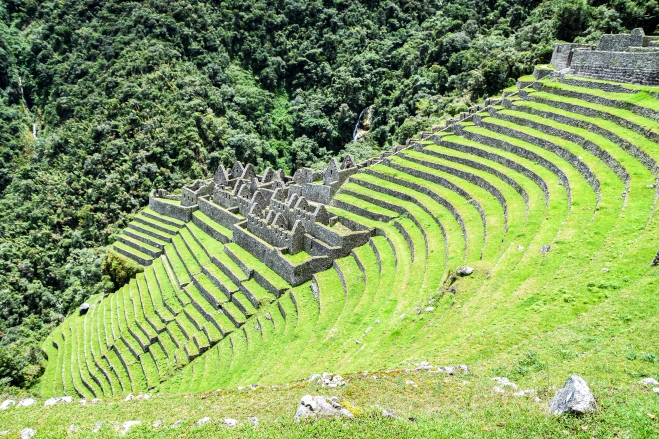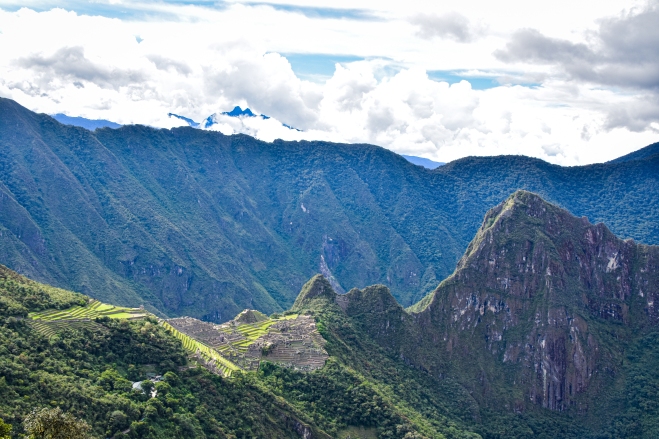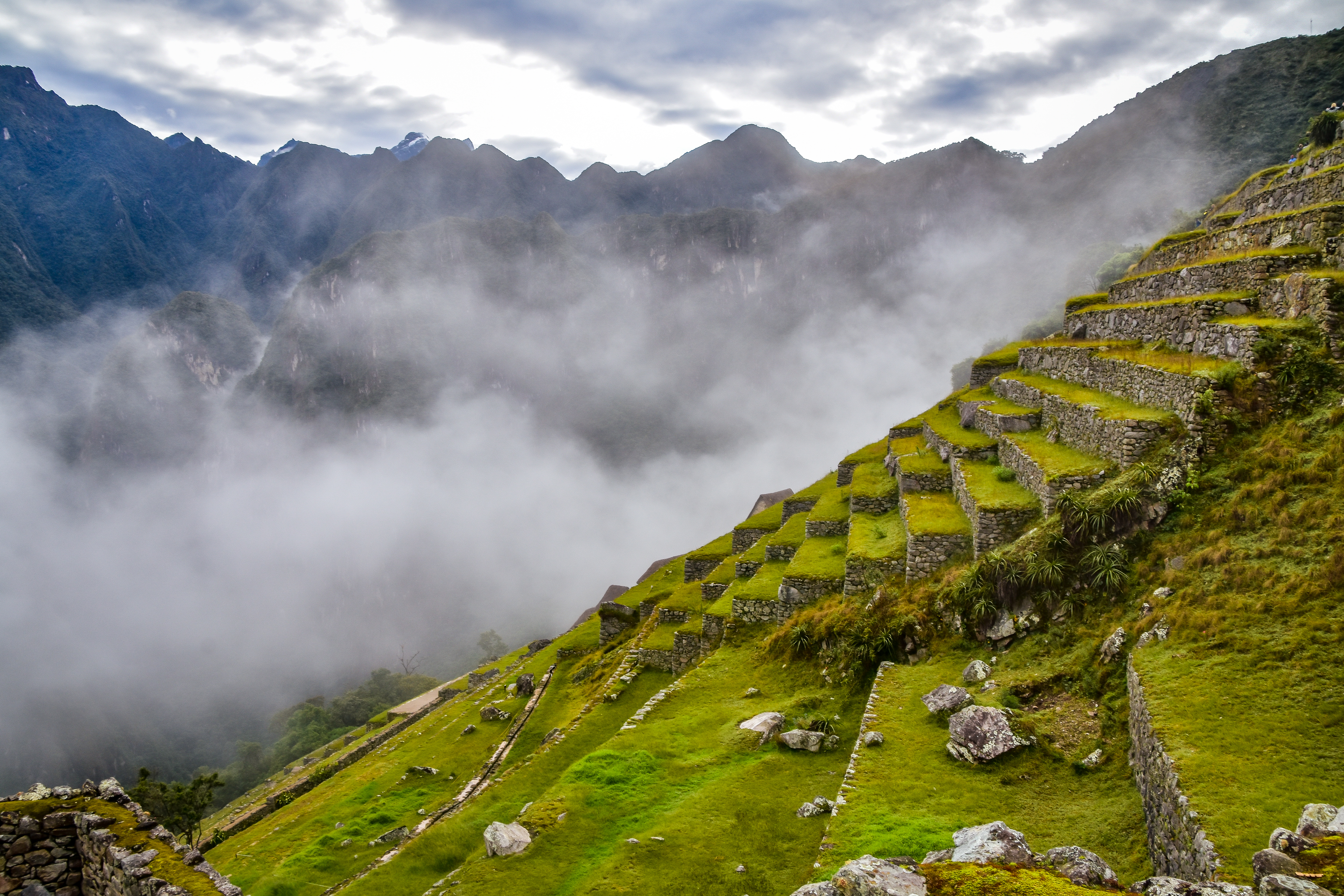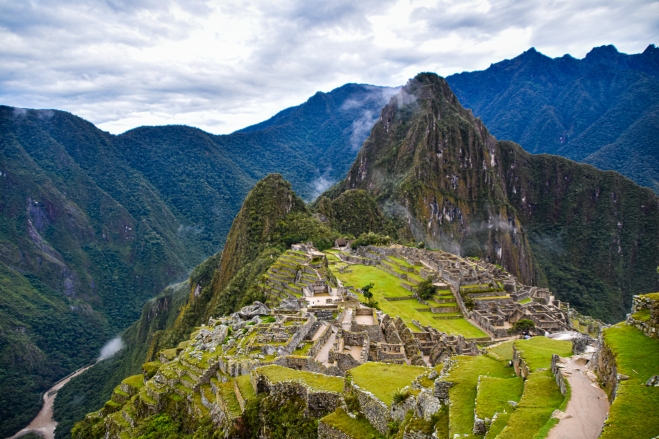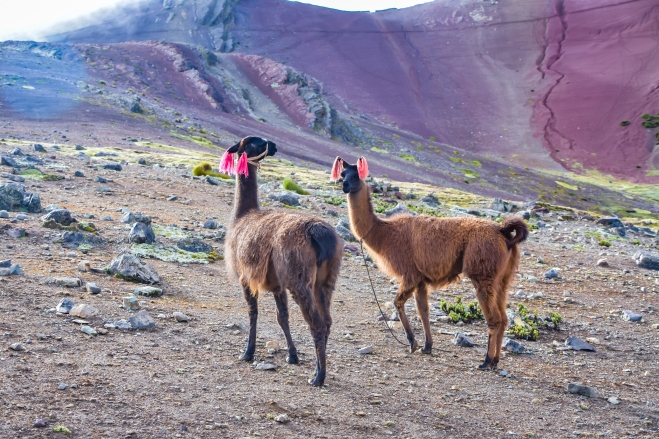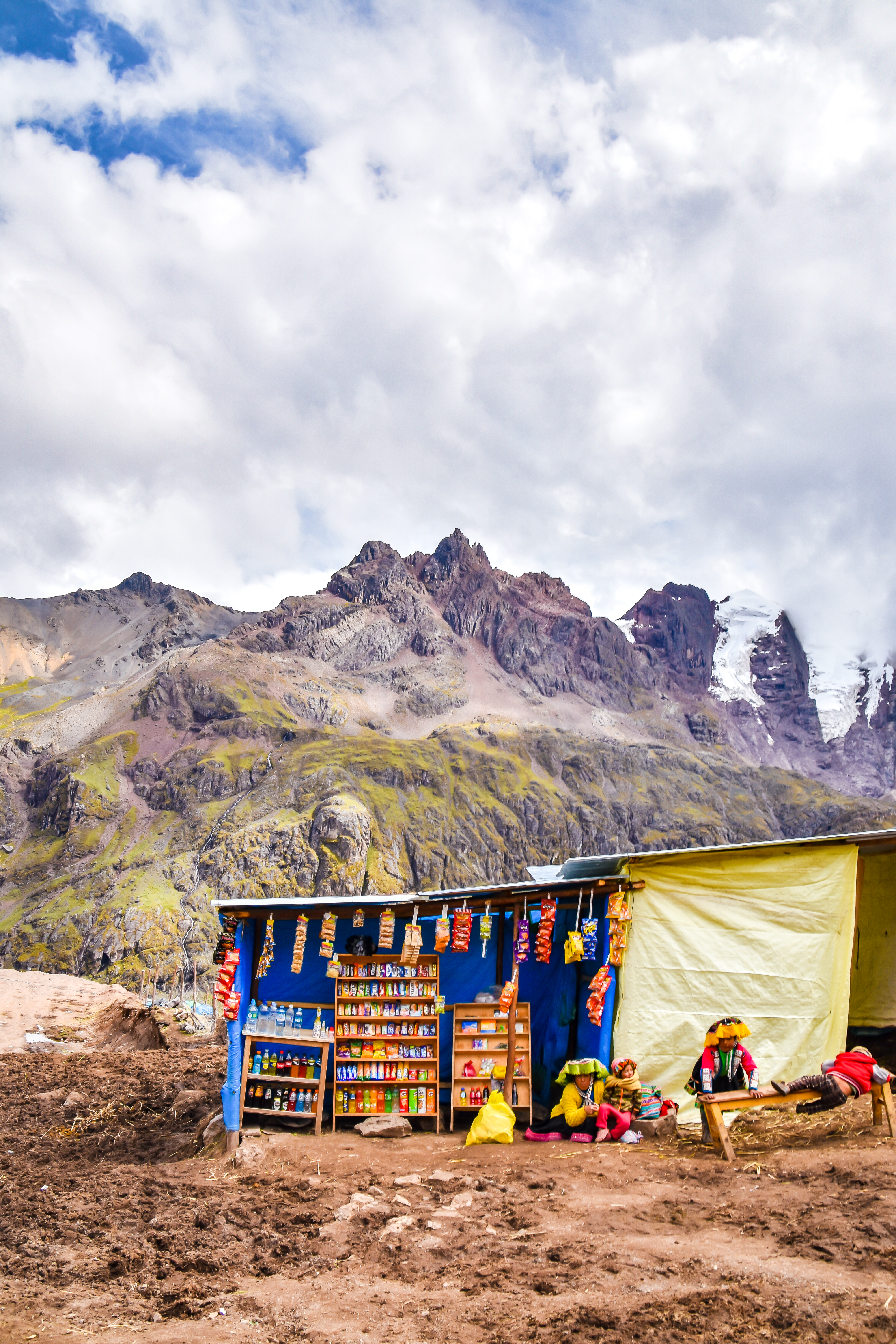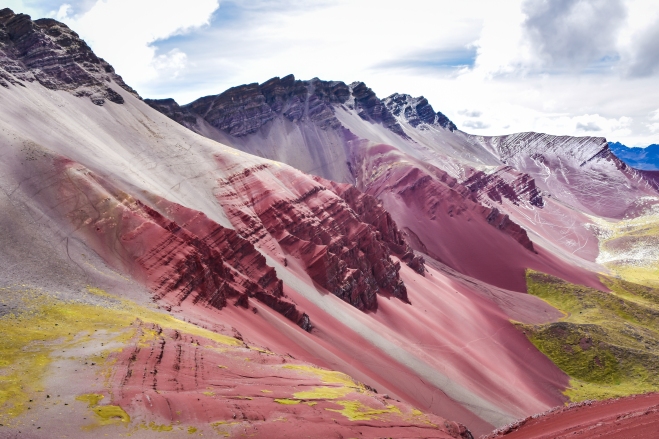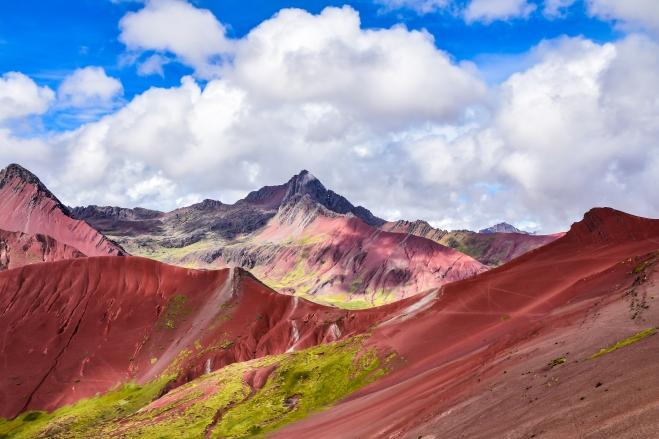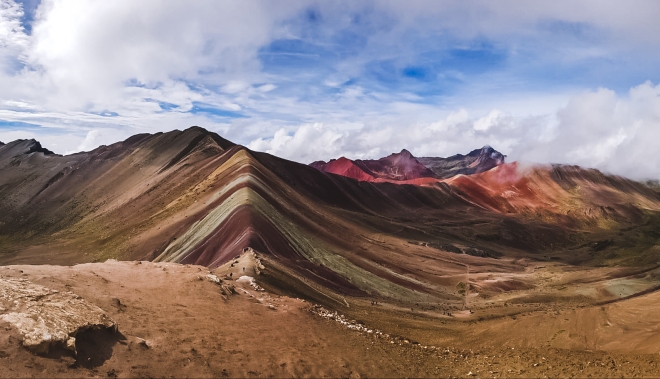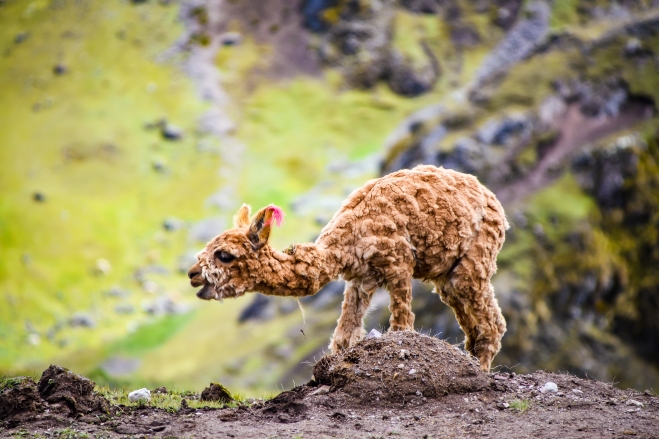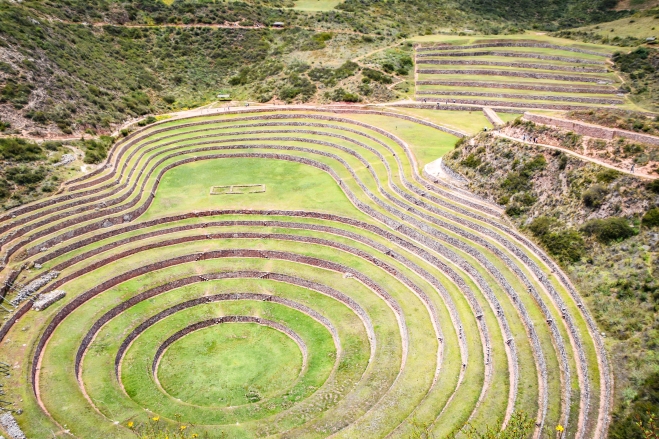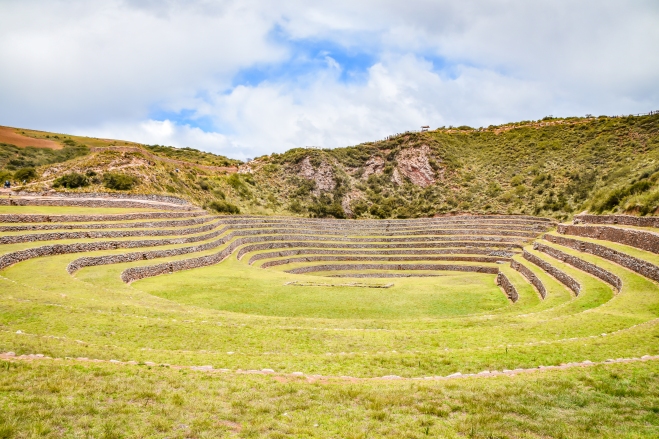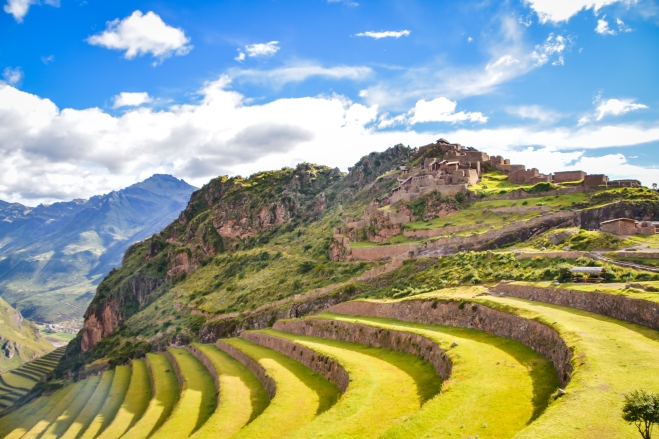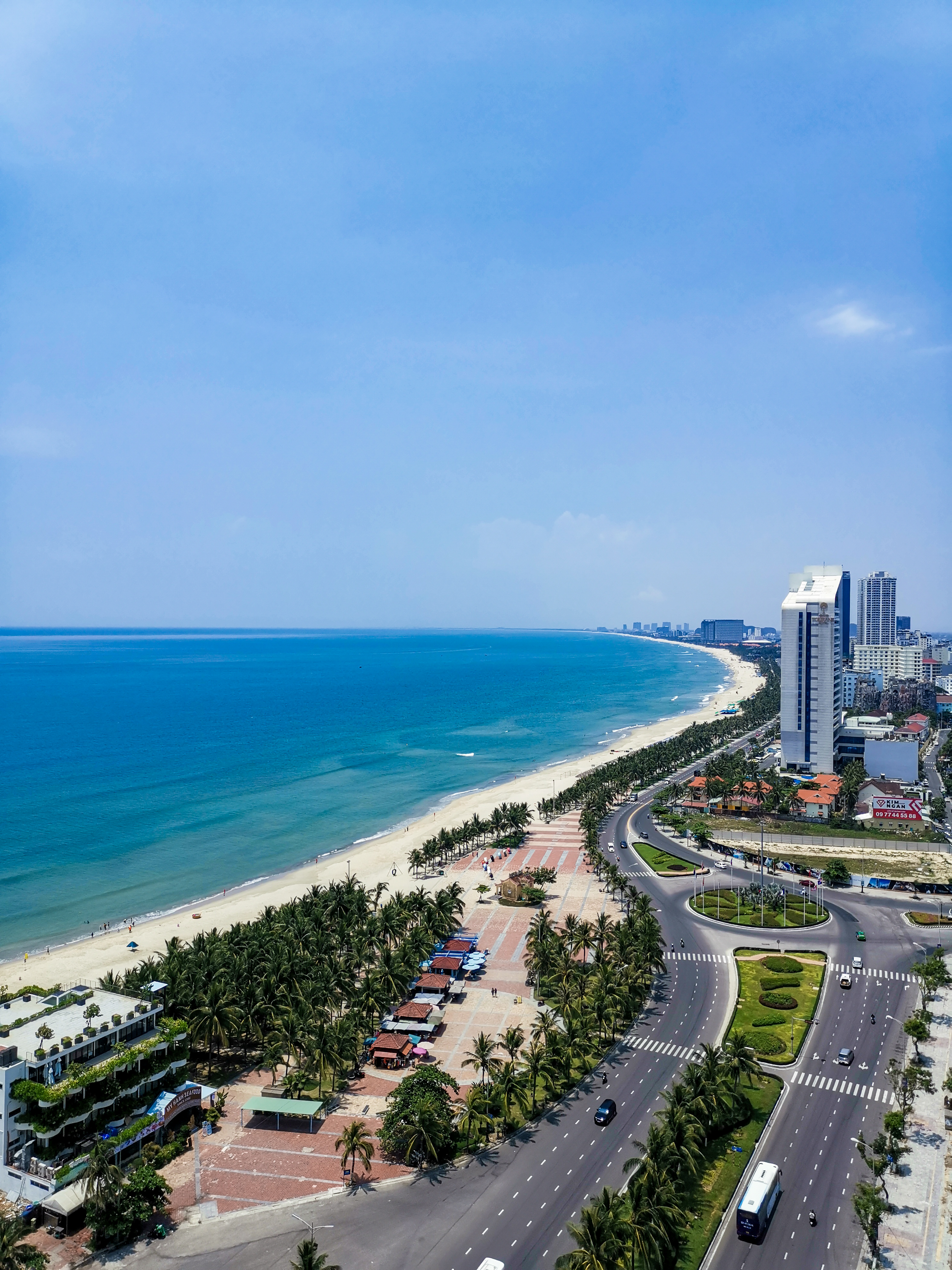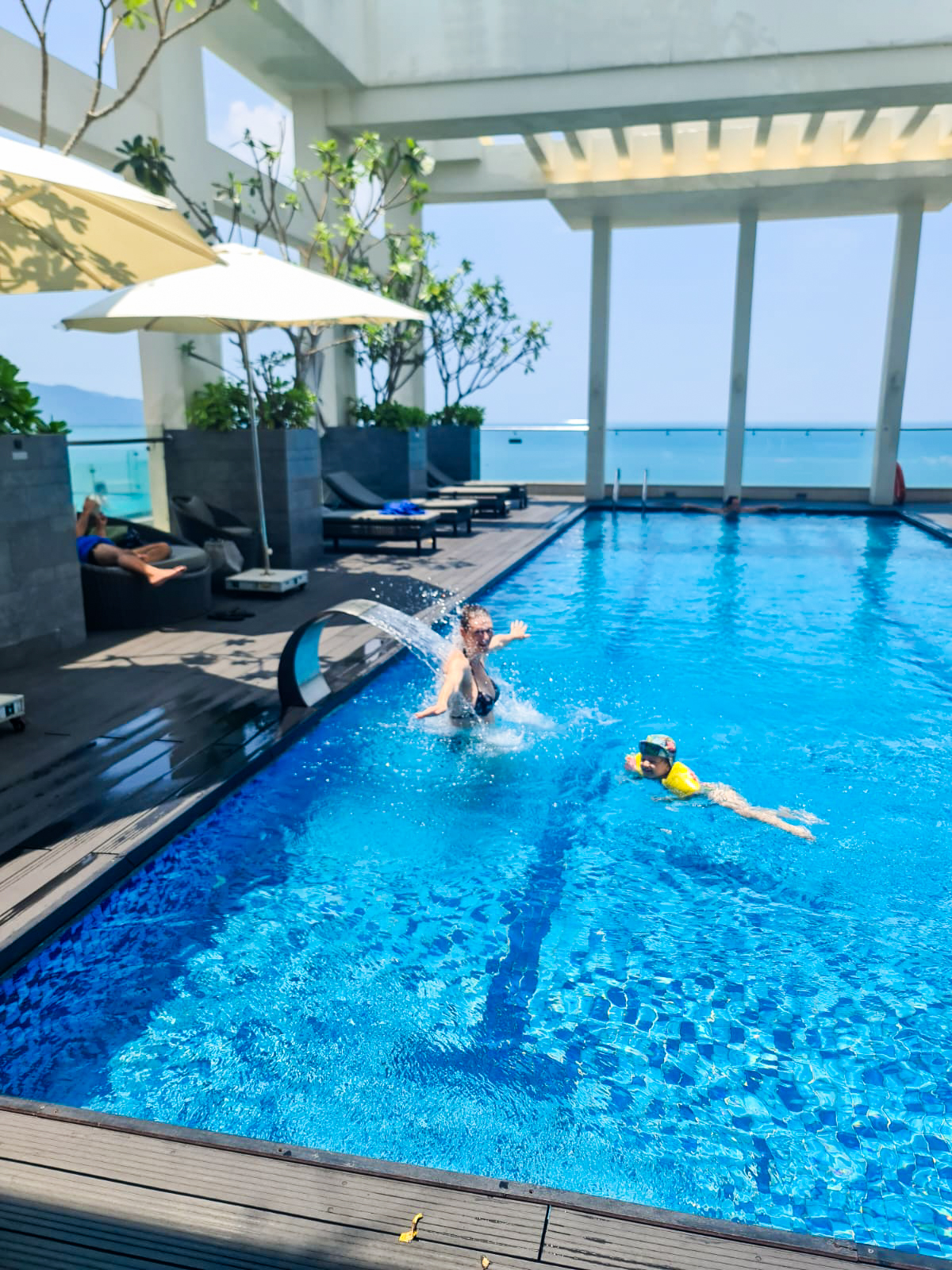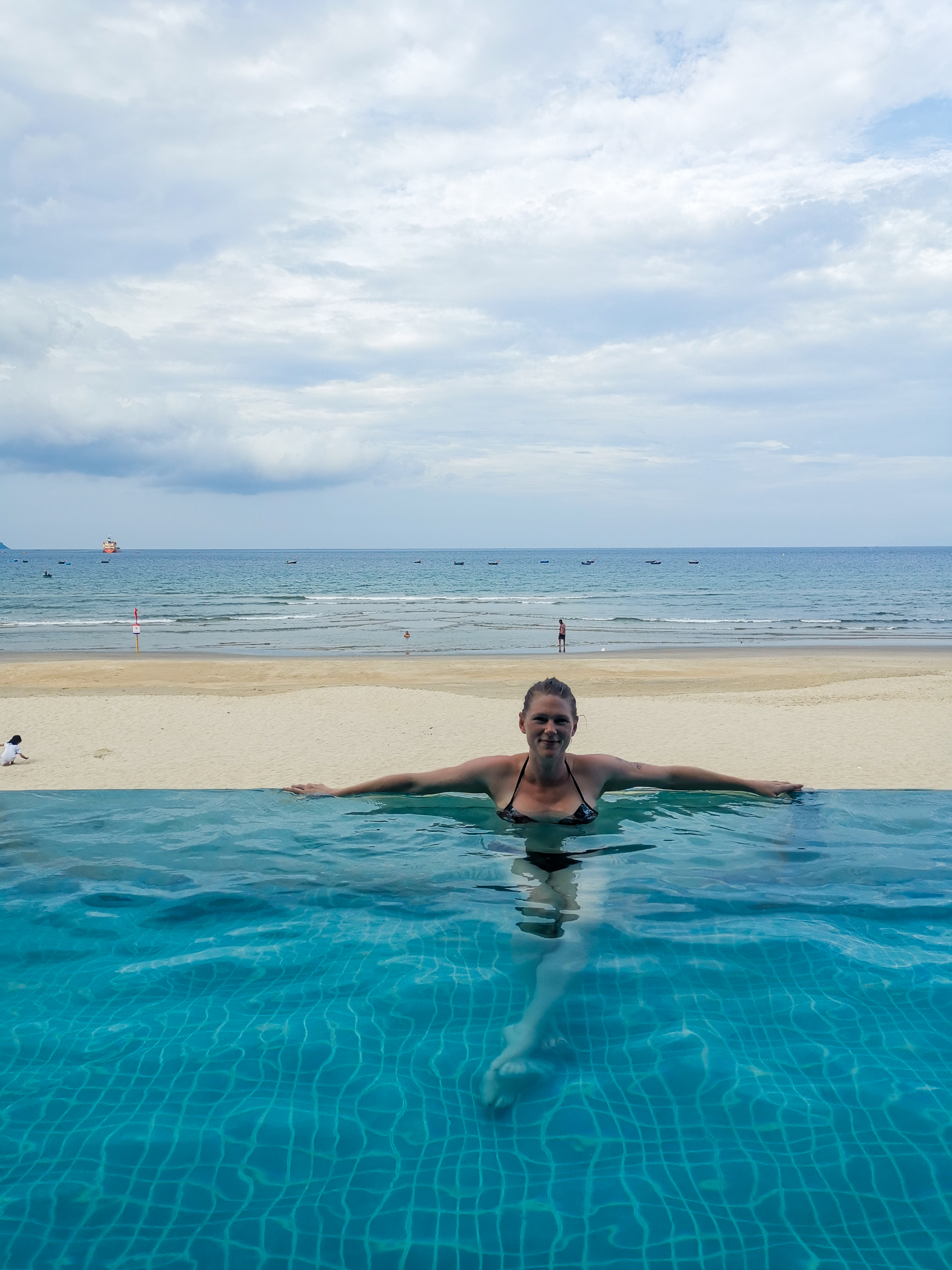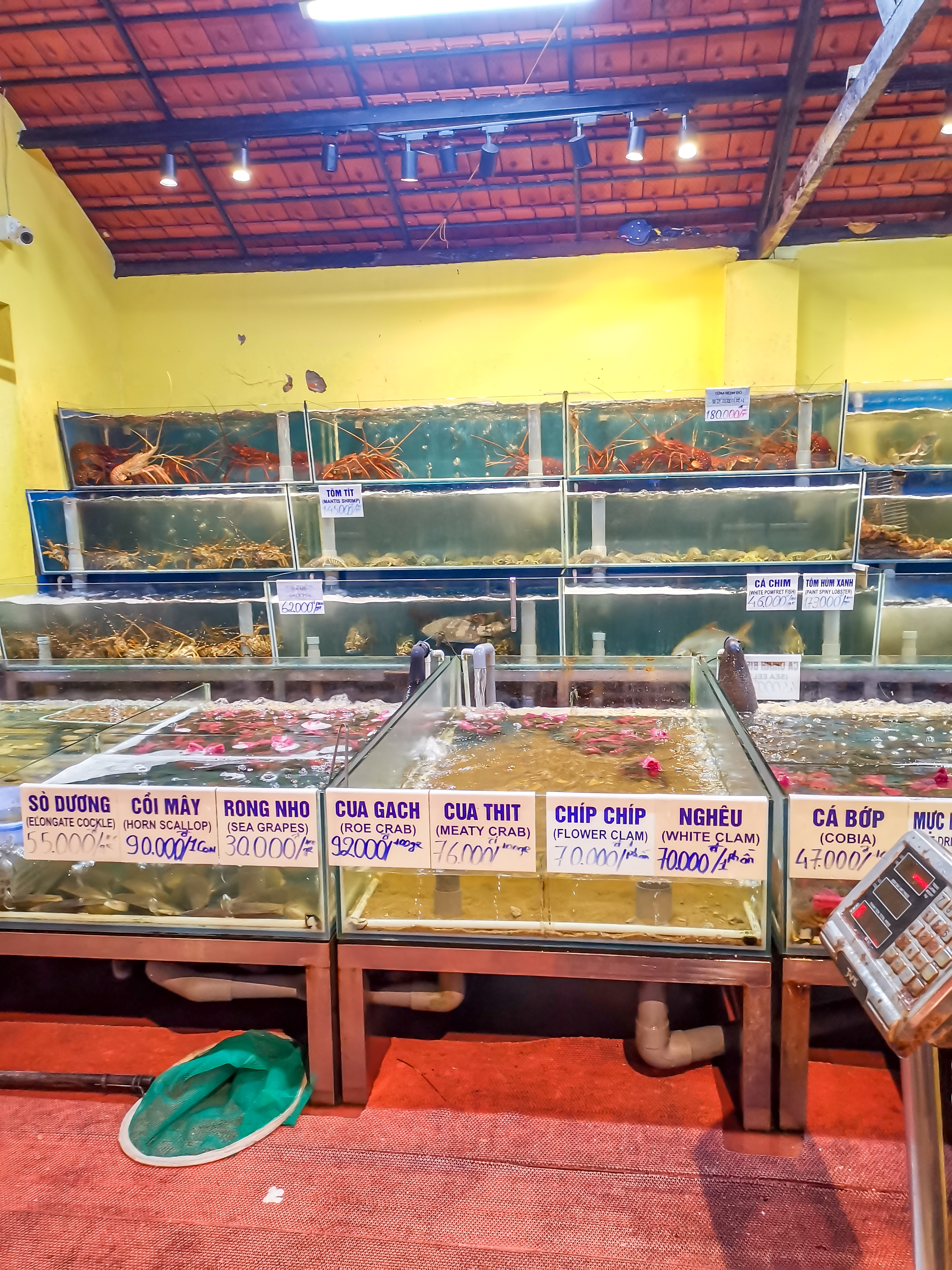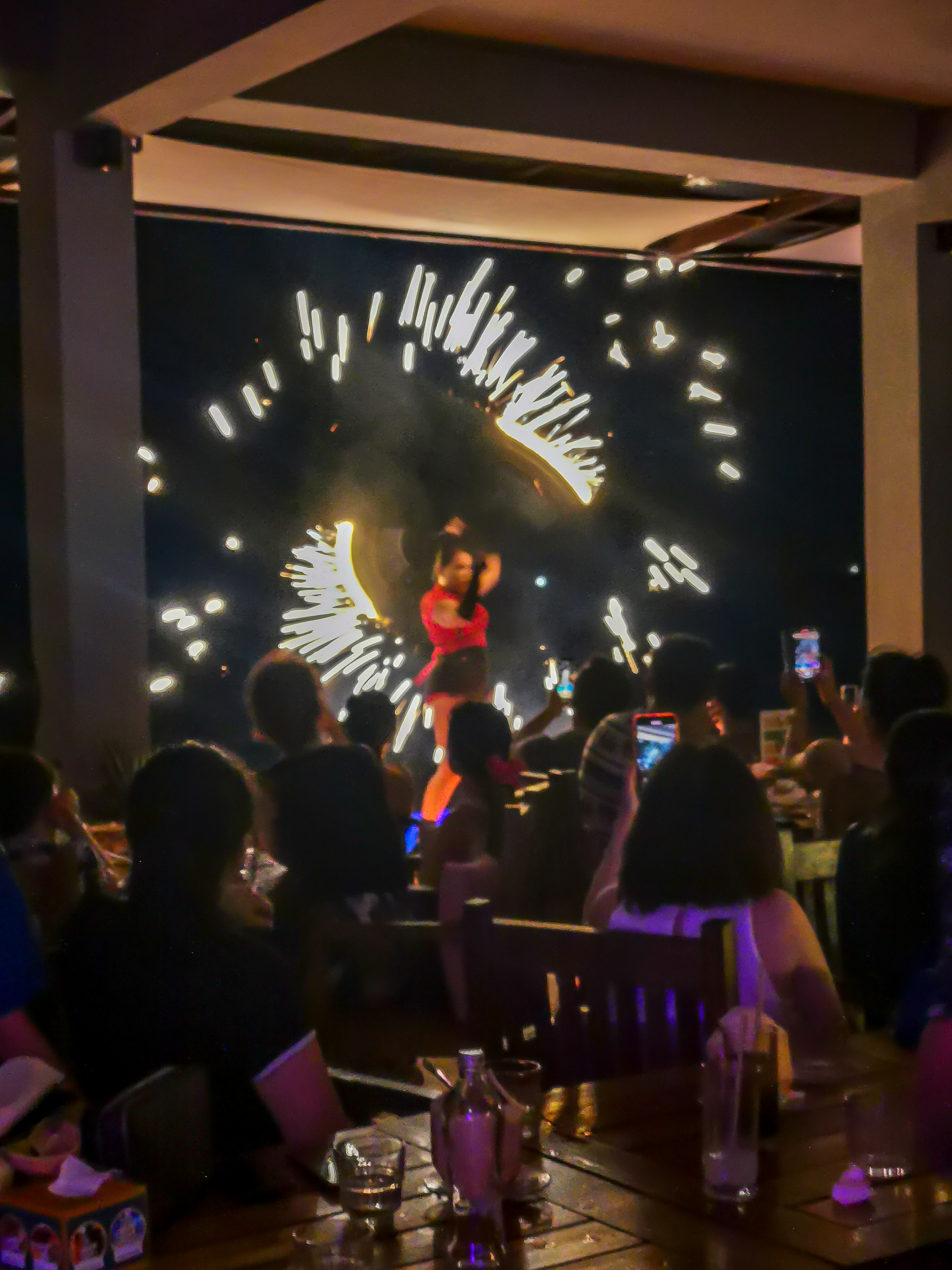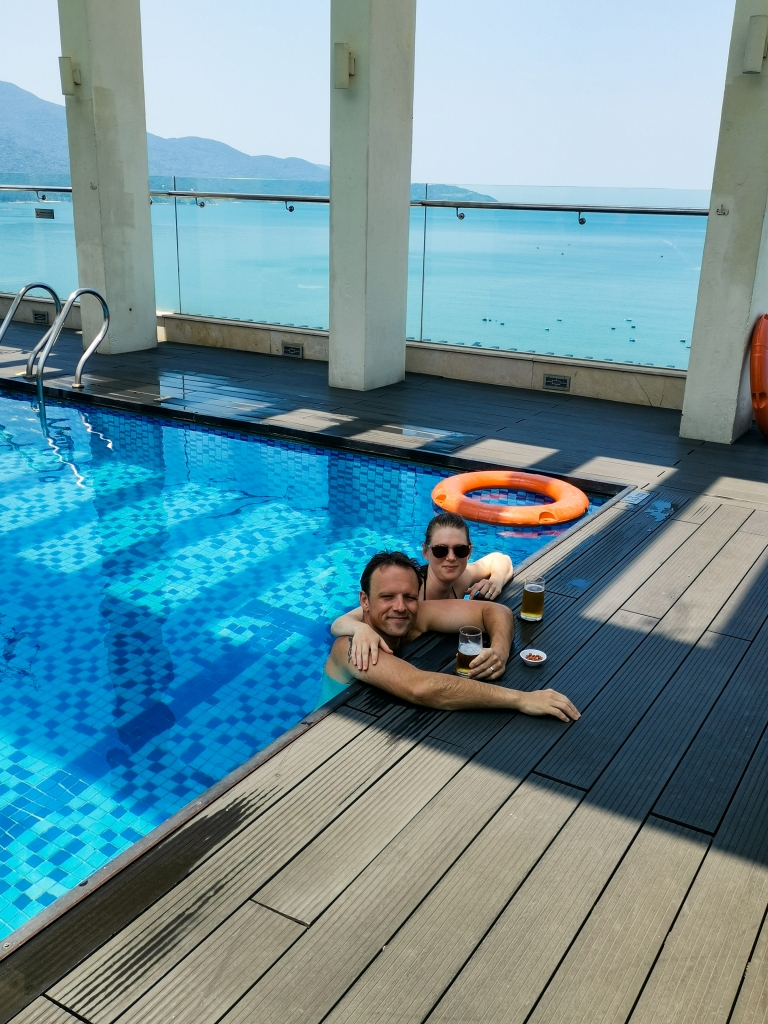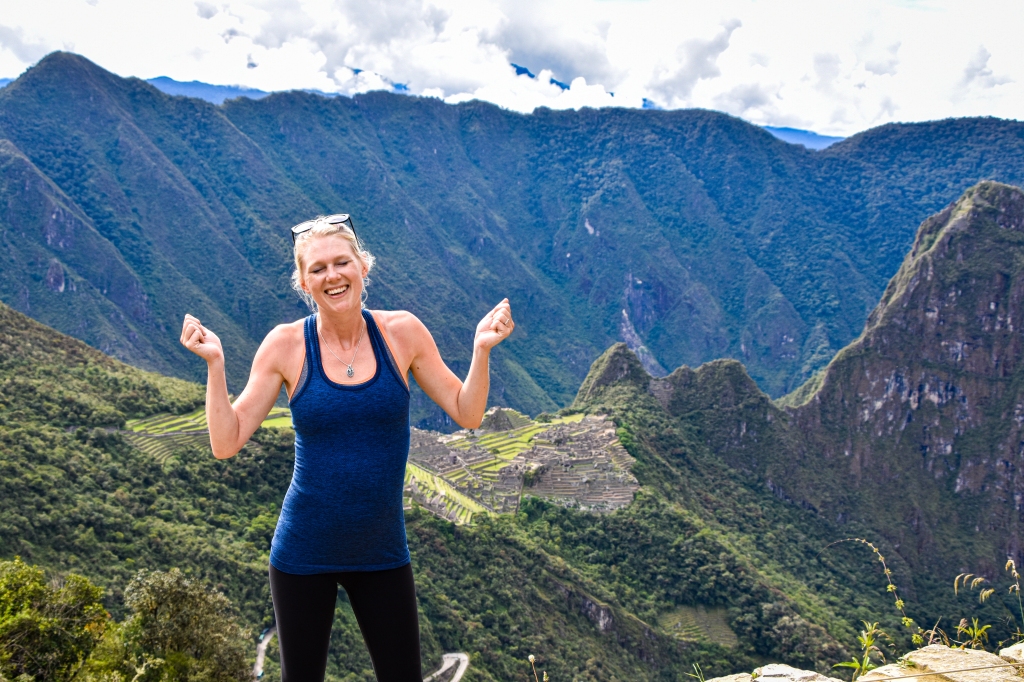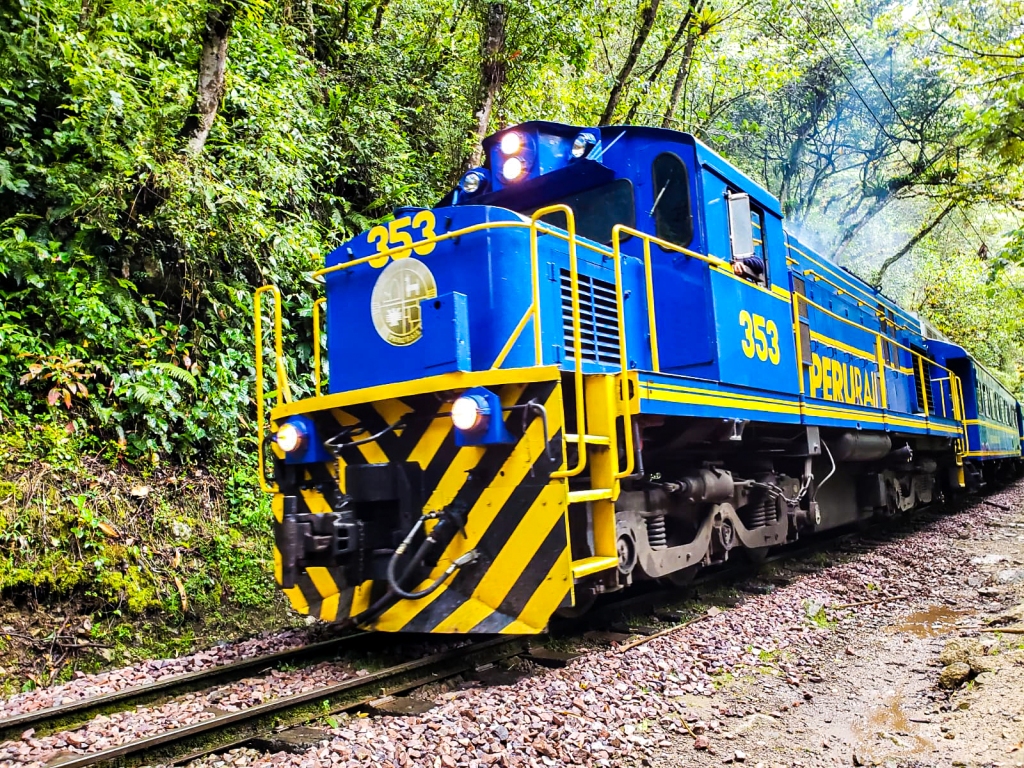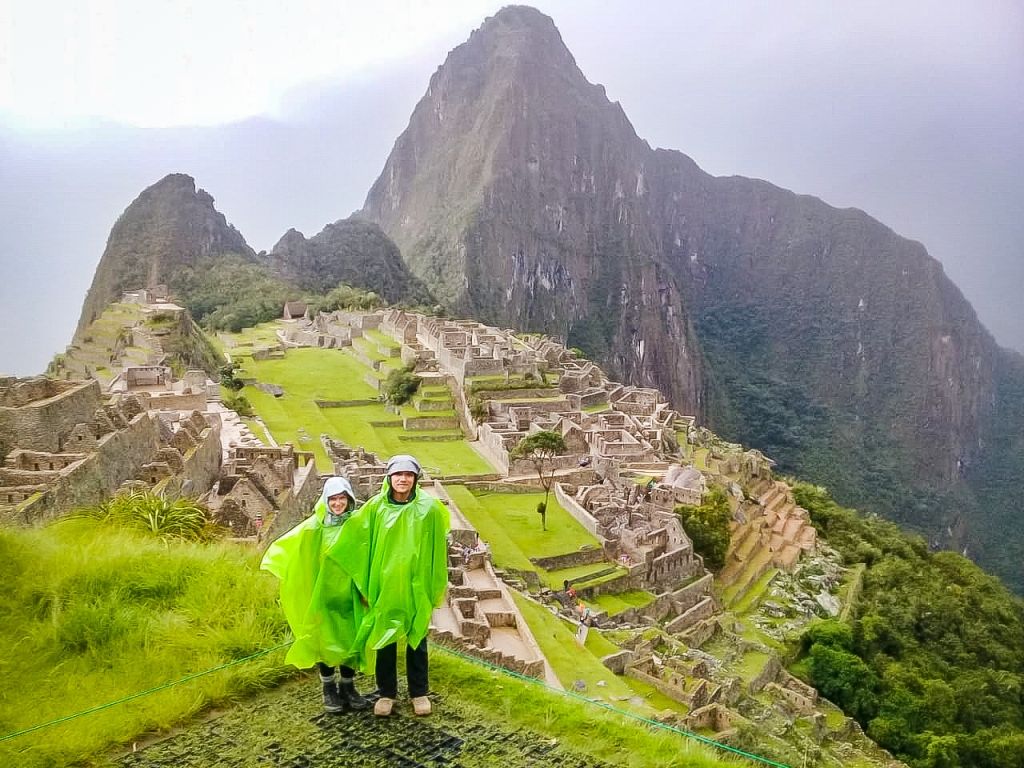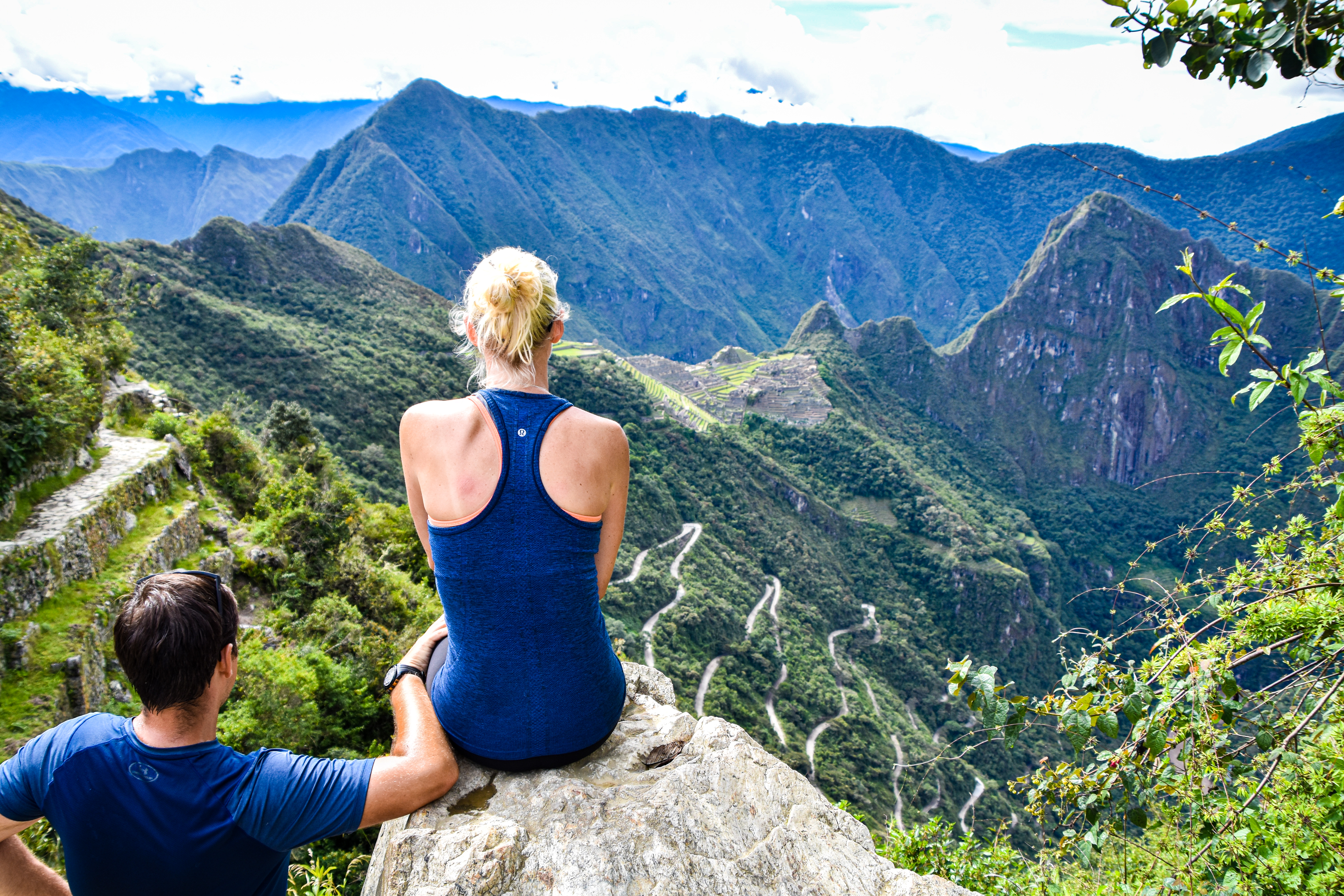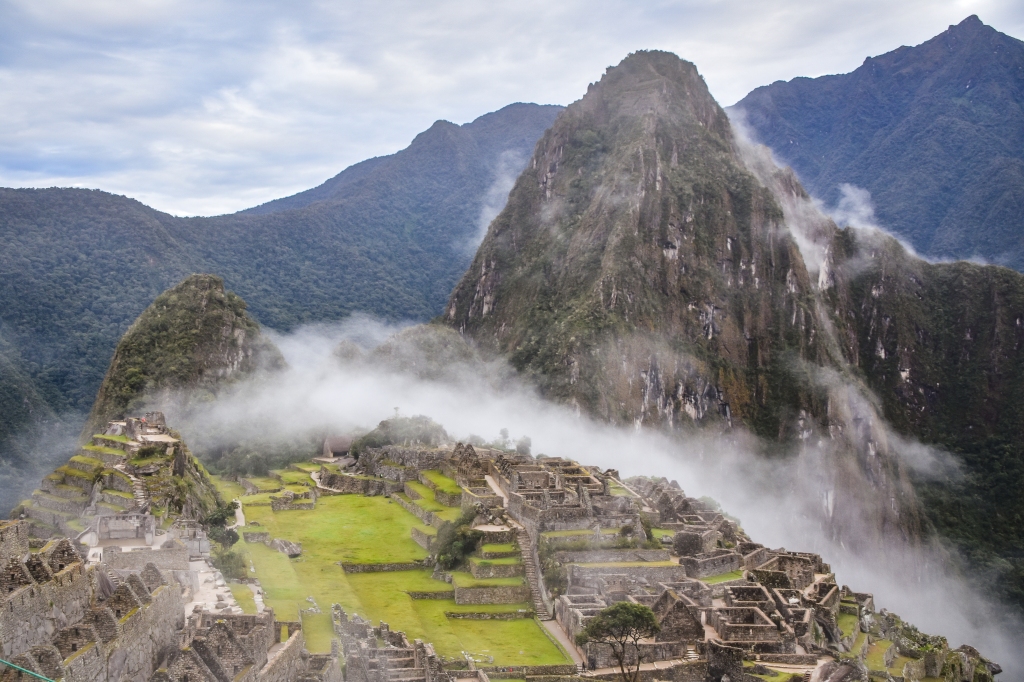This post contains affiliate links. If you use these links to book a stay or purchase an item I may earn a commission at no cost to you.
Lake Titicaca is a giant lake that straddles two South American nations: Peru and Bolivia. Apart from its funny name, Lake Titicaca is also famous for its people that live on reed islands (literal man-made islands from reeds). How radical is that!?!

Top Tip for Lake Titicaca:
Take some time to explore at a slow pace. I was in such a rush on my trip moving between too countries overland without really enough time to do so but in the short time I spent on Lake Titicaca I realised its one of those places where the details are what’s important! Everything you see is pretty cool until you really look closely and see how many different and incredible ways reeds are used for everything.
Where to stay:
I didn’t stay overnight on Lake Titicaca (except on the shores of the Lake in Copacabana, Boliva) but if I was able to go back a Homestay on one of the islands is a popular choice and would be a really good option. Alternatively, You can book on booking.com.
Getting there and away:
Lake Titicaca is one of the stops on Peru and Bolivia Hop – a perfect combo of a tour group, a hop on hop off bus and an intercity bus! You can visit Lake Titicaca on both the Peruvian and Bolivian sides with this company and they even help you cross the border. See my post here raving about Peru Hop as to why this is a winning combo.
Getting around:
Most locals travel on reed boats but there are also ferries to various islands. On the Peruvian side you will find lots of small reed islands and on the Bolivian side you can take a ferry to the very large Isla del Sol. If you head down to the water I assure you you will find somebody willing to take you onto the lake for a fee.


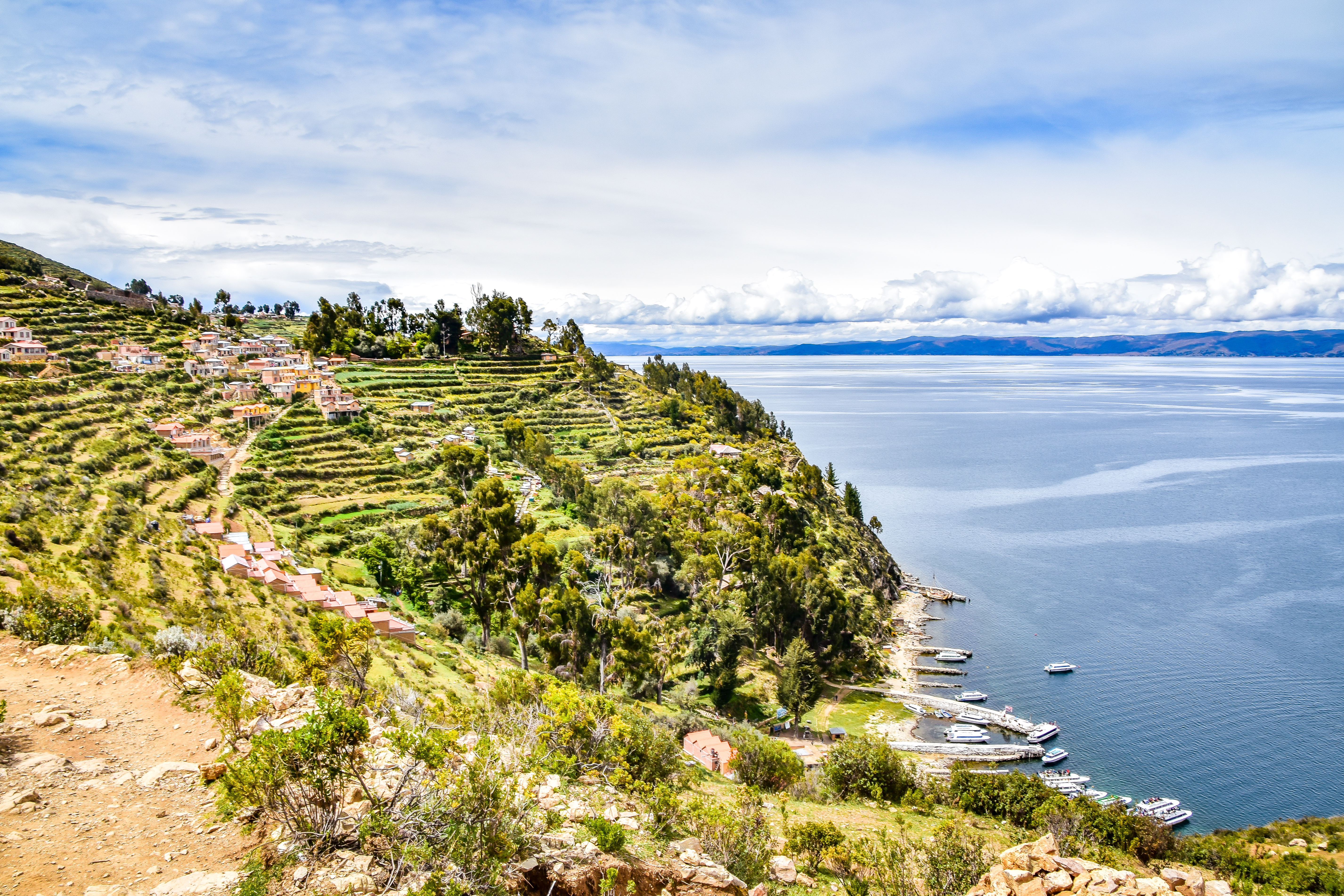
What to bring:
Wear a warm jacket! Lake Titicaca is pretty high altitude and you cannot rely on it being warm. The day we went was grey, rainy and freezing.
I’m not sure why you would but don’t wear heels – I can’t imagine them going down well on the reed islands and on Isla del Sol you will need to do lots of walking.
Bring your passport – on the reed islands there is a little passport office where you can get a tourist stamp on your passport.
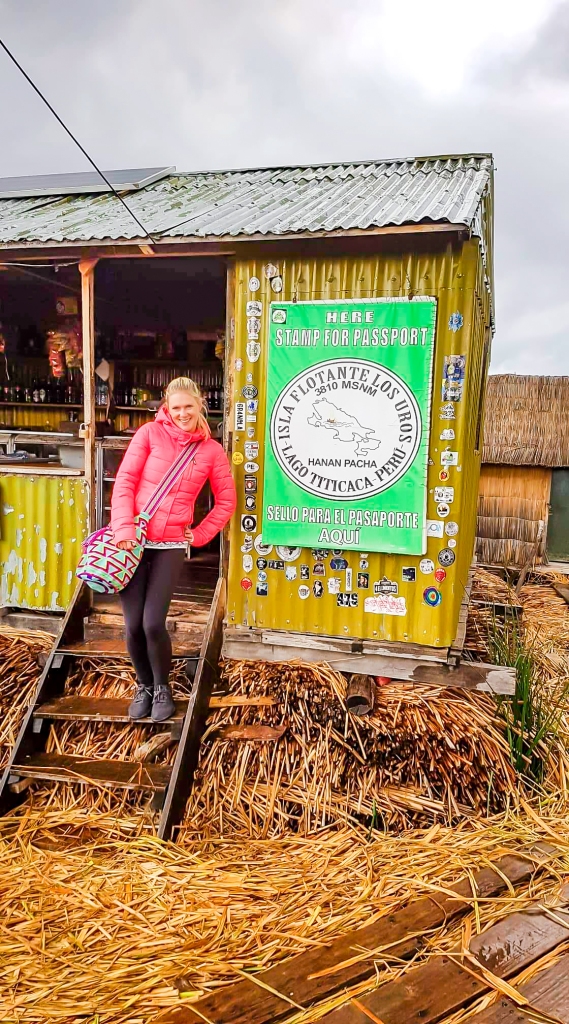
What to expect:
Expect to have an authentic, local experience and not DO anything. On the Reed islands you will be invited into a local house to ask questions and buy souvenirs (if you want) and get an opportunity to hop on one of the reed boats. On Isla del Sol the best activity is to lap up the sun and take in the beautiful views from all over the island.
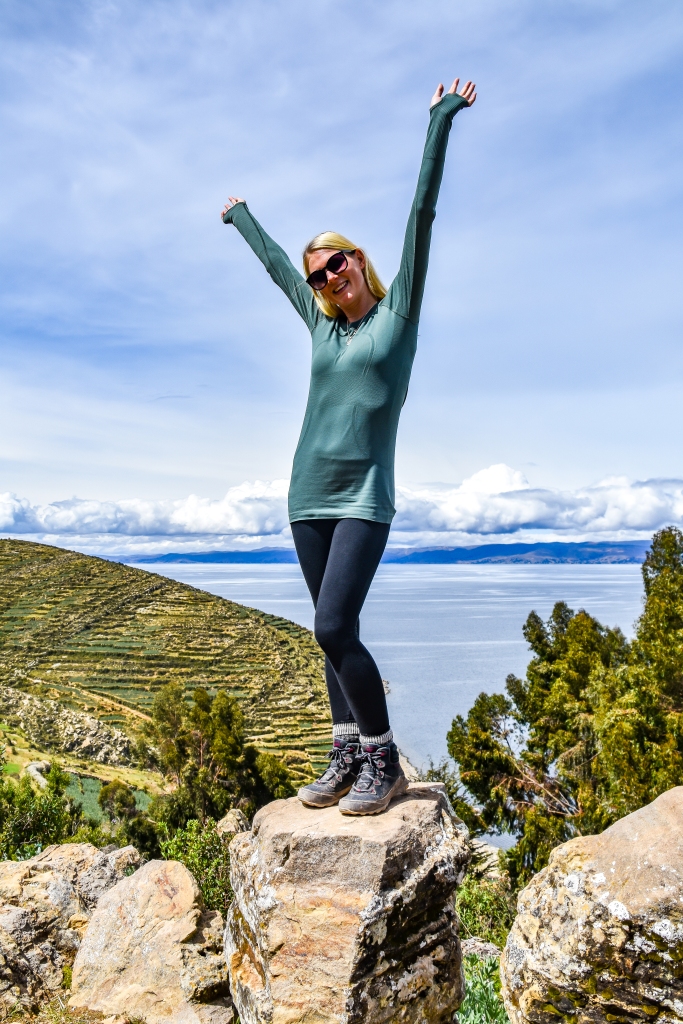
So what are you waiting for? Book a flight to explore Lake Titicaca now!
Erika xx



